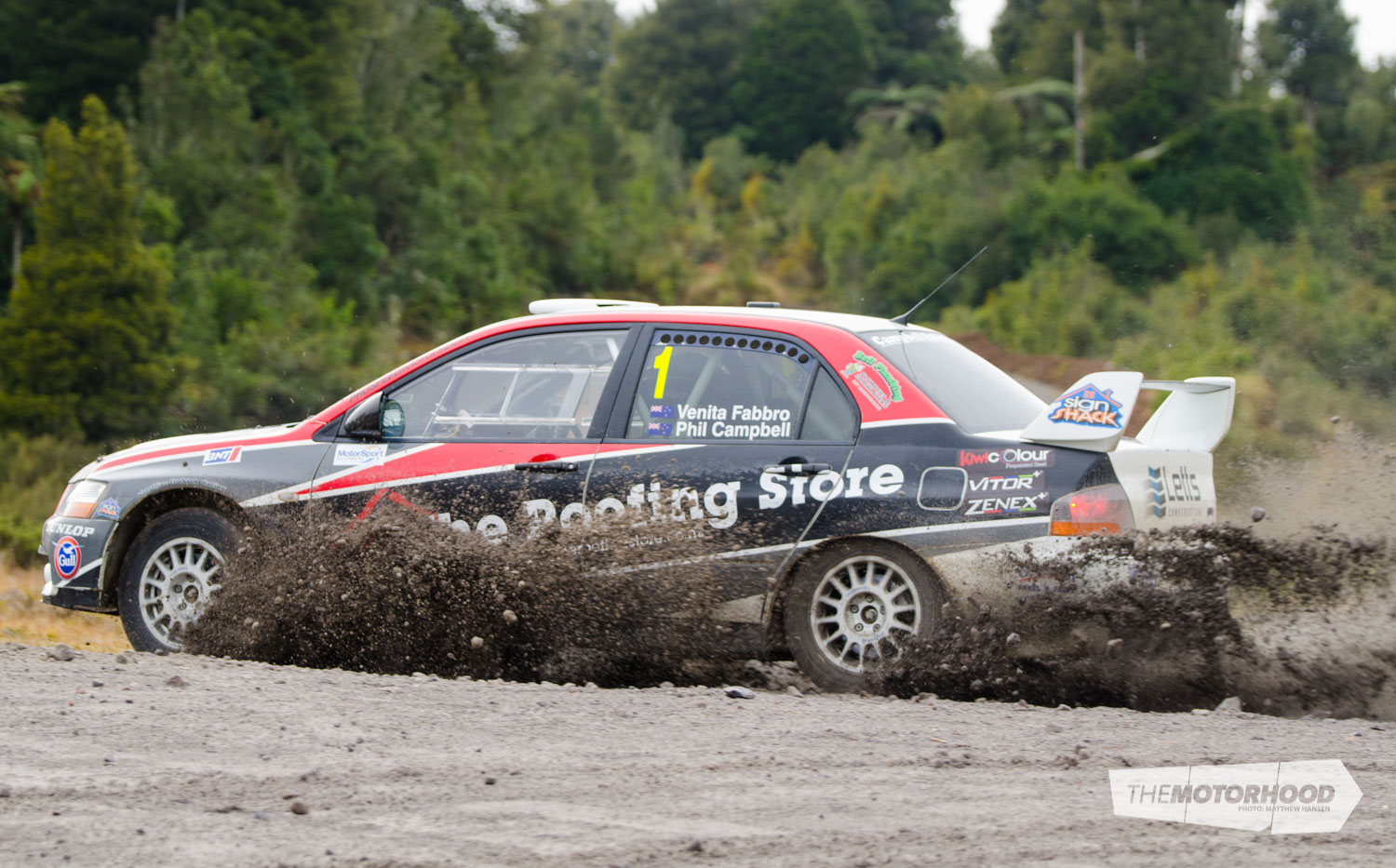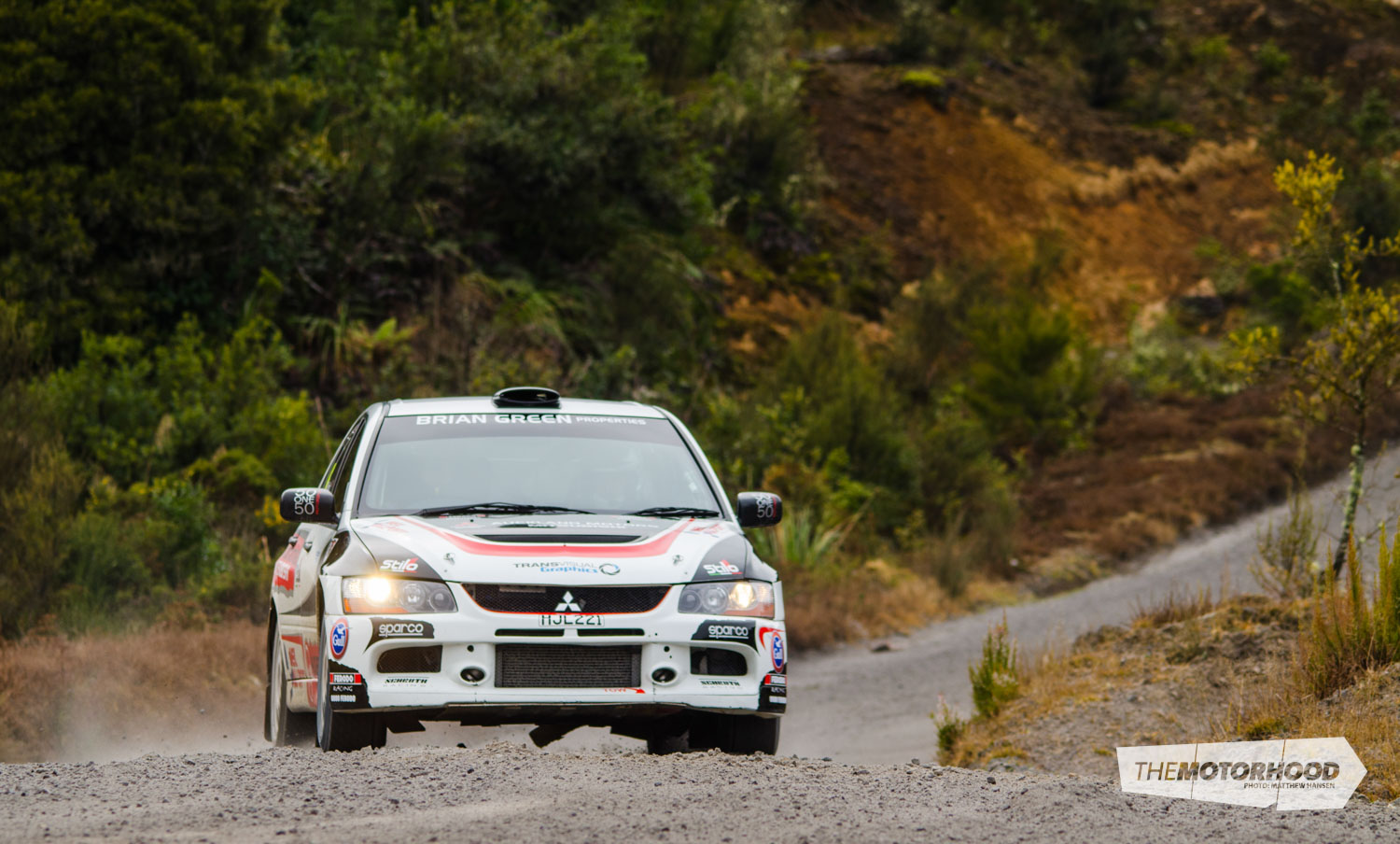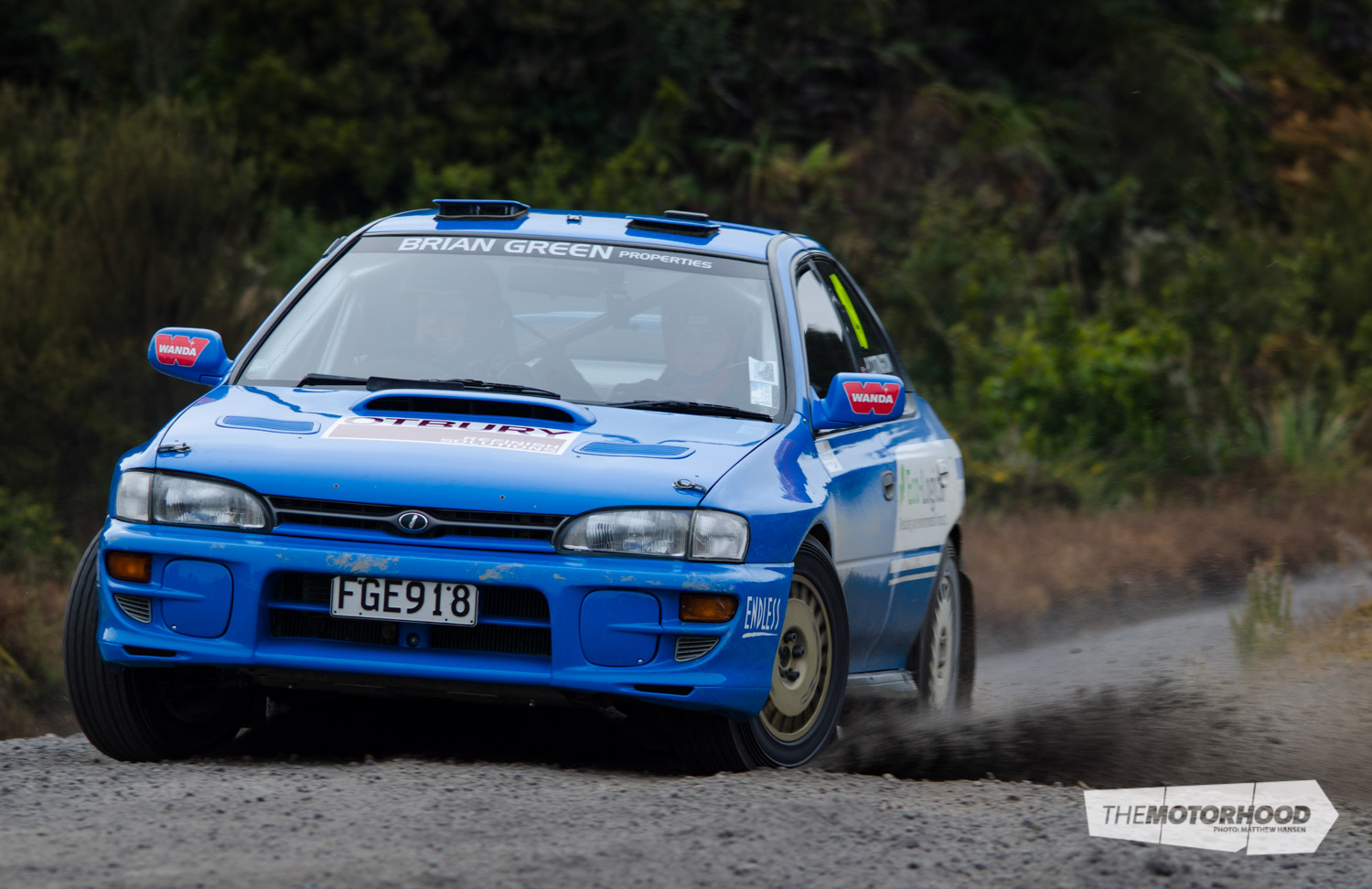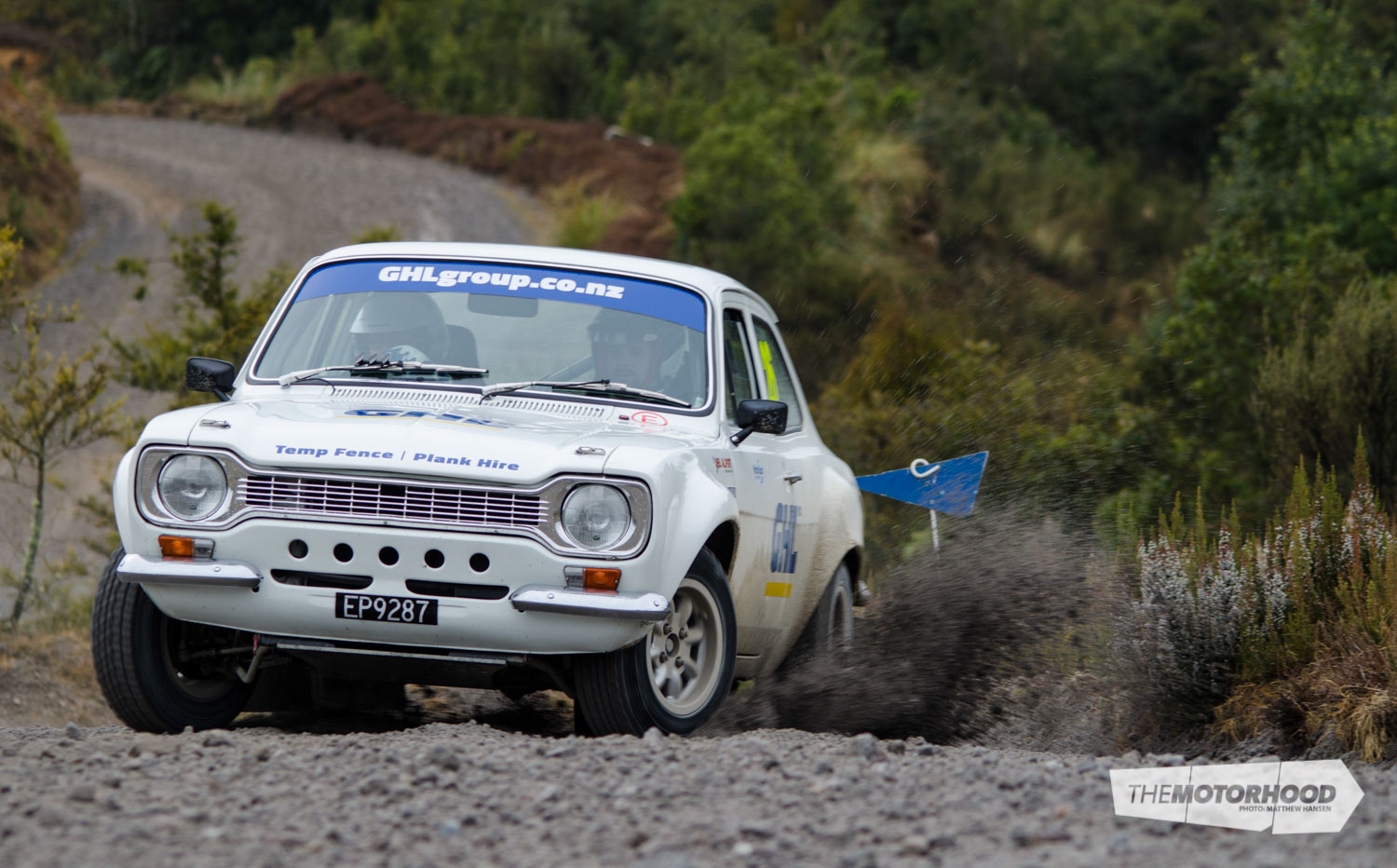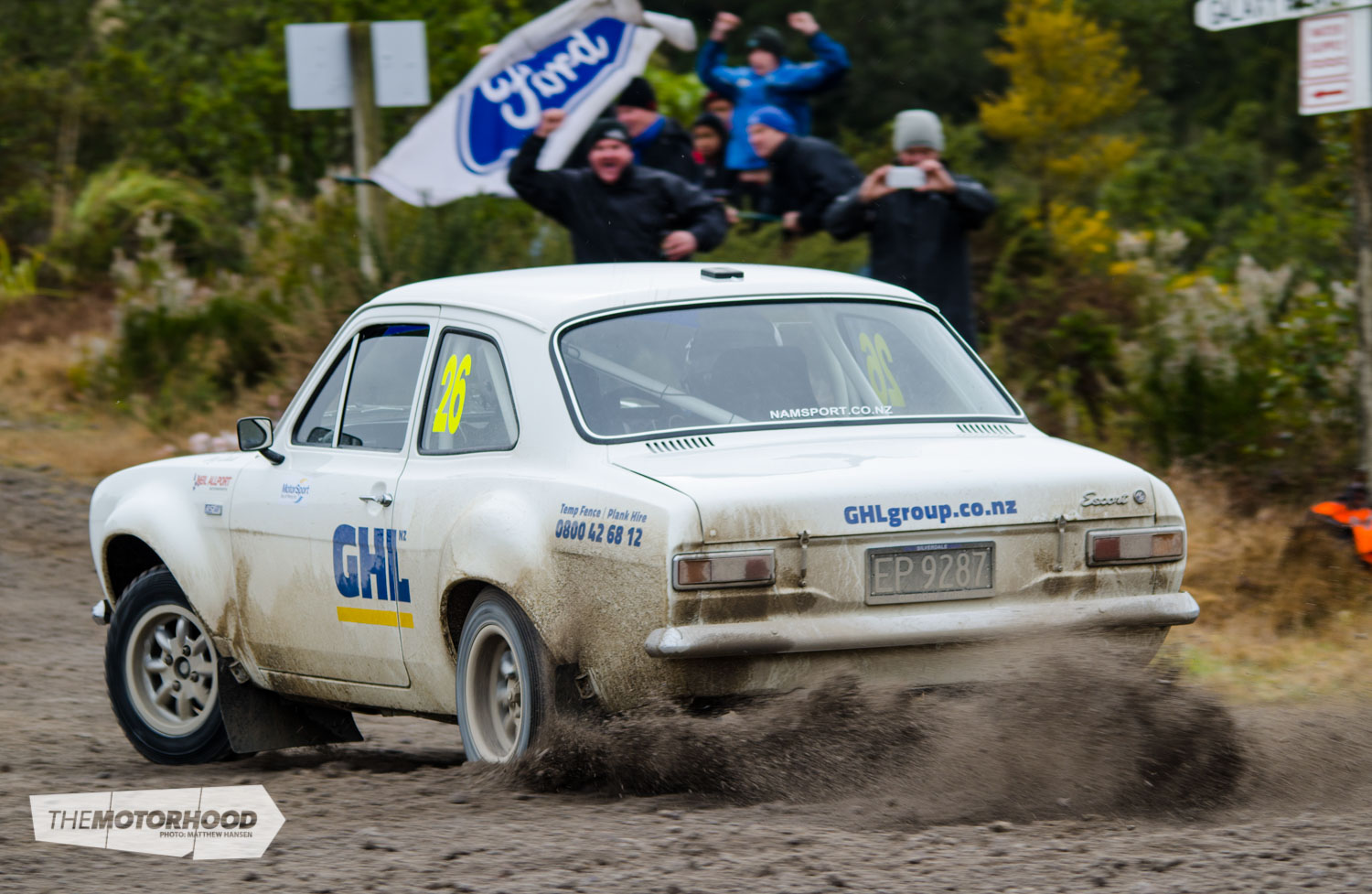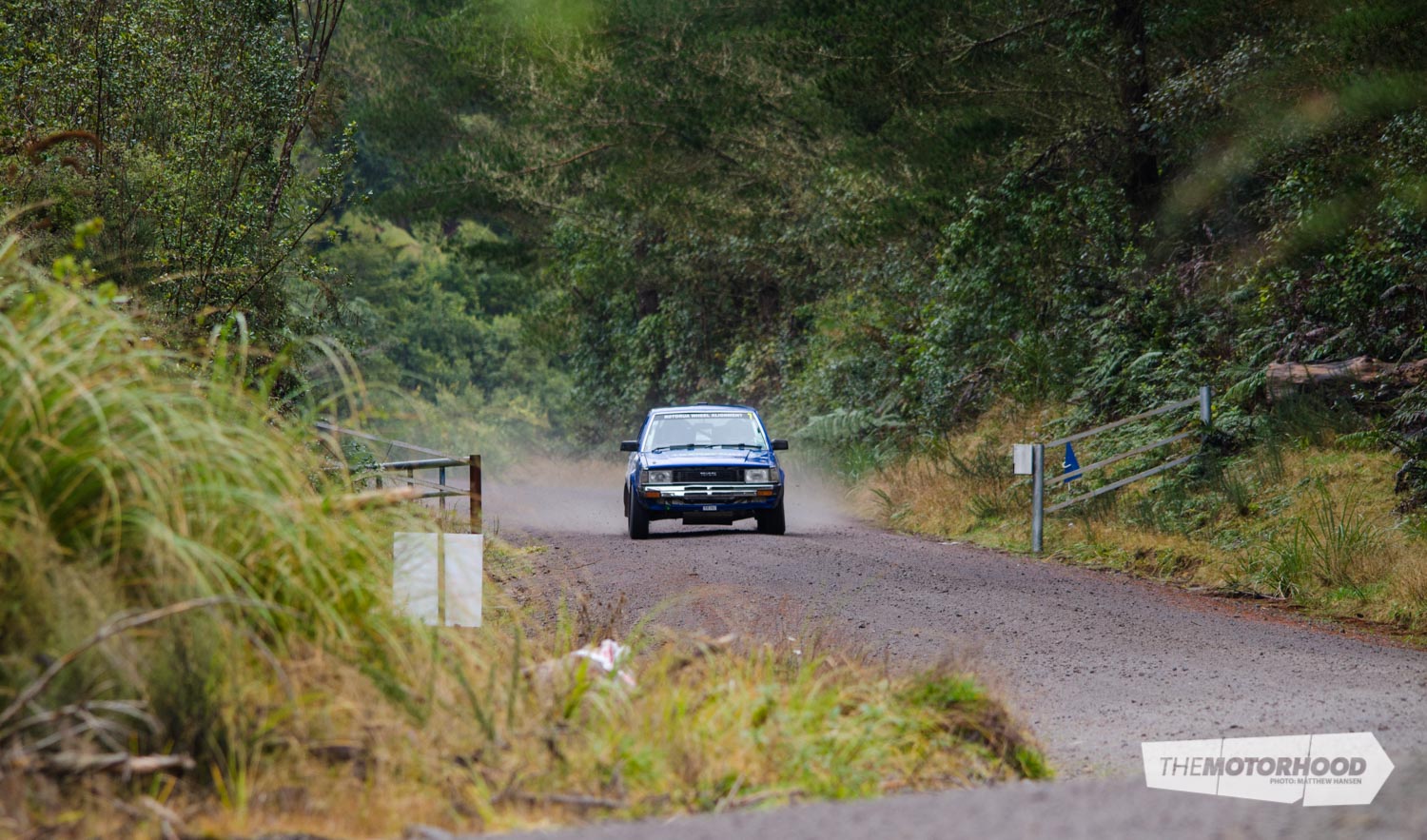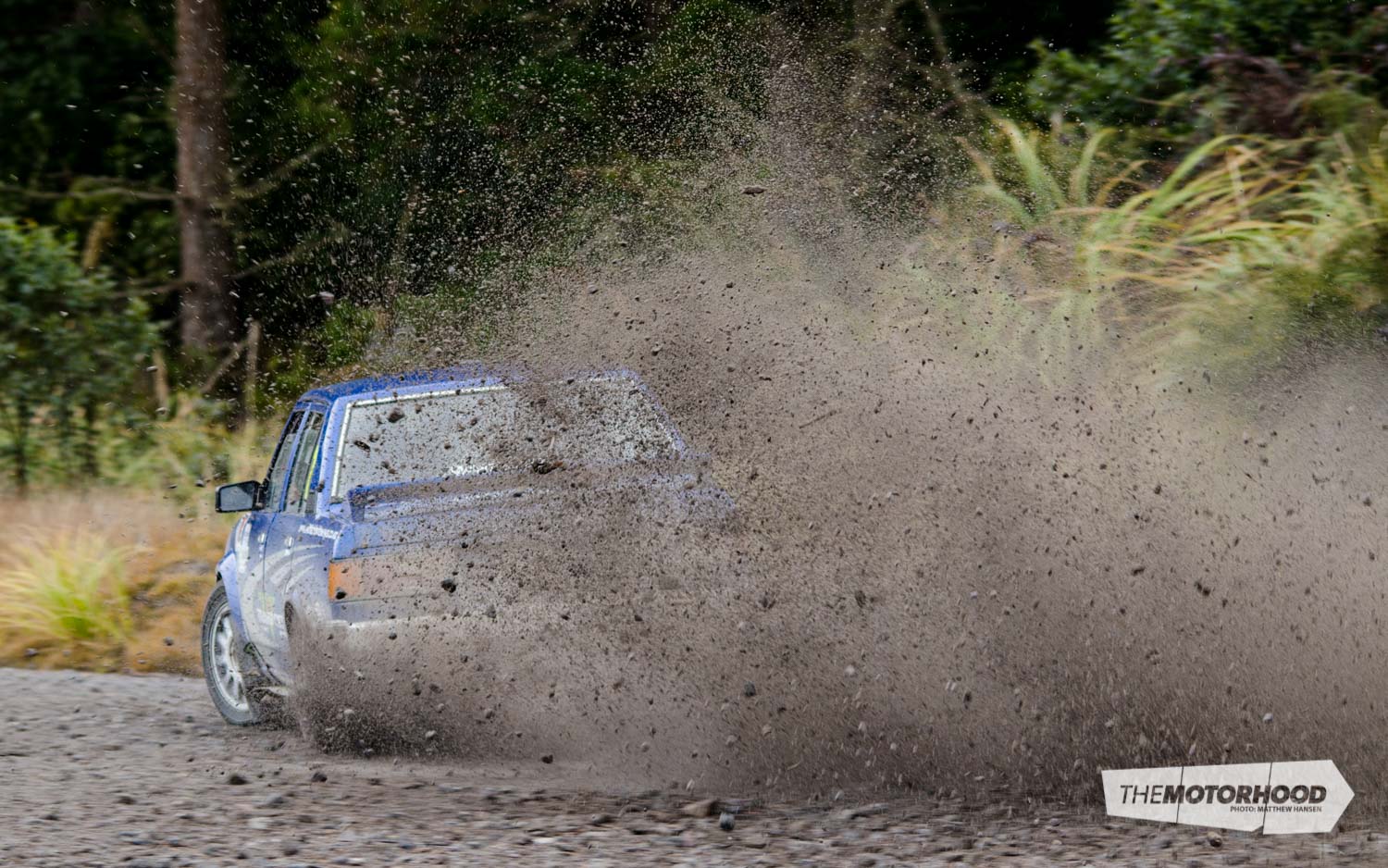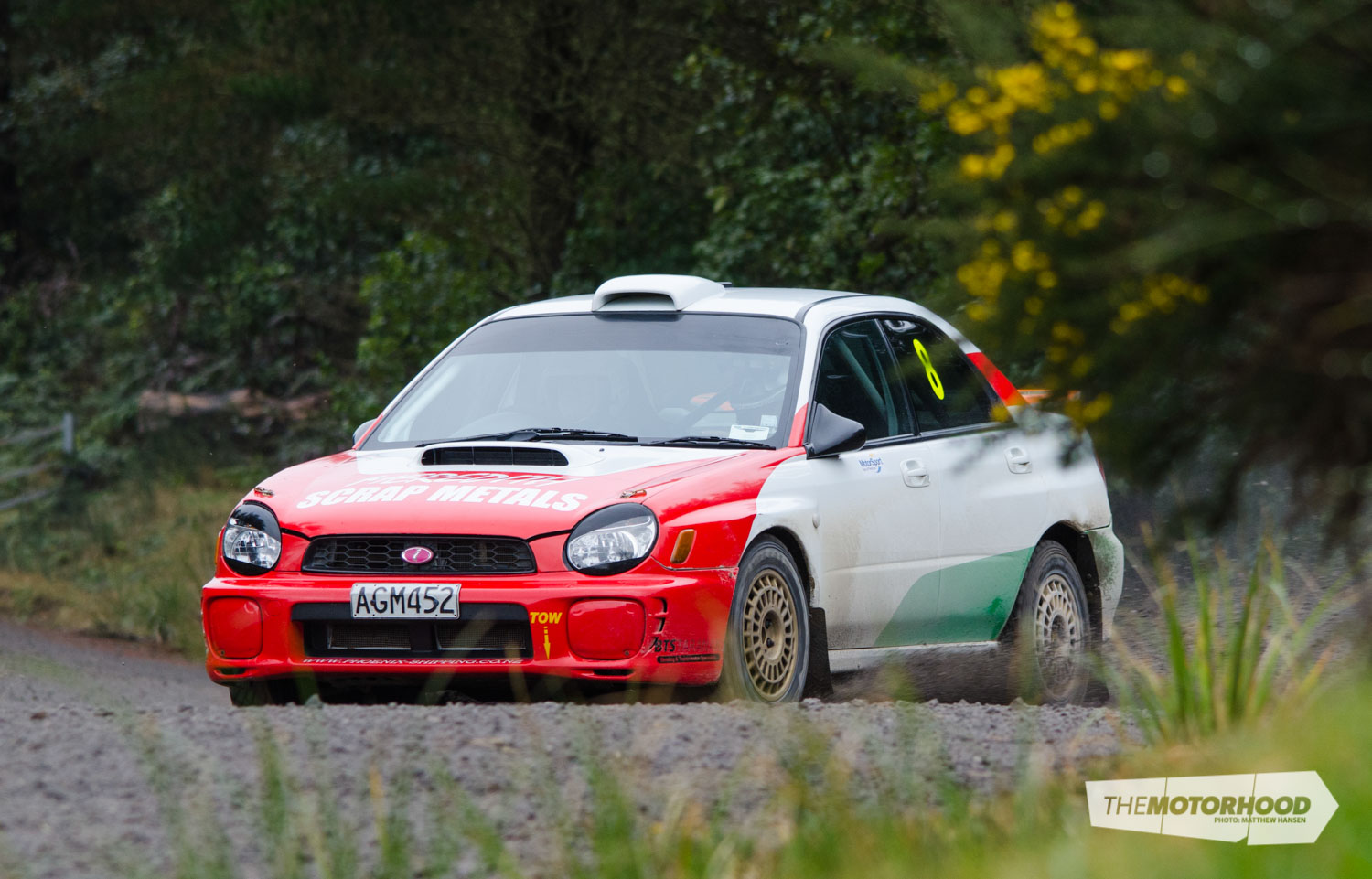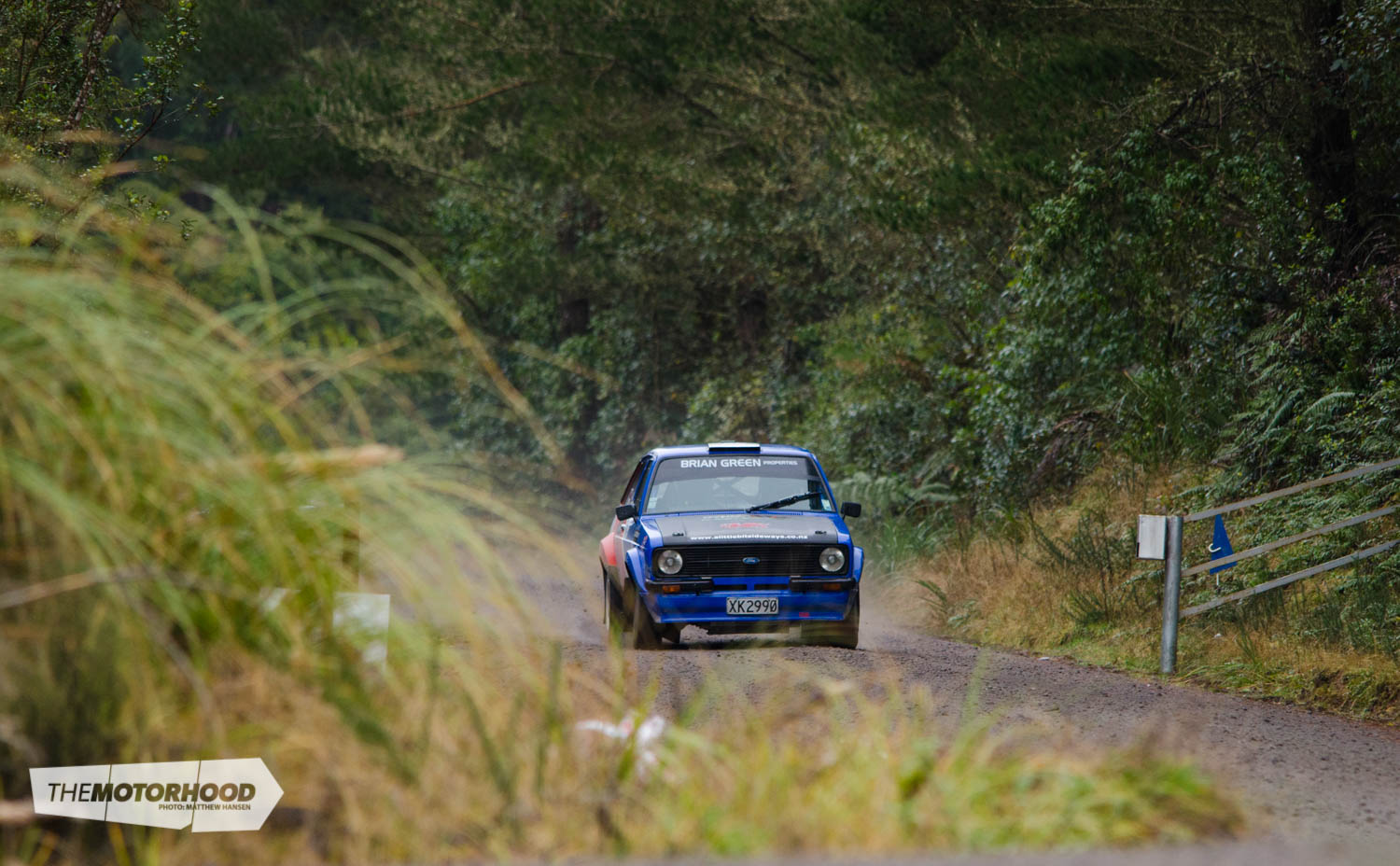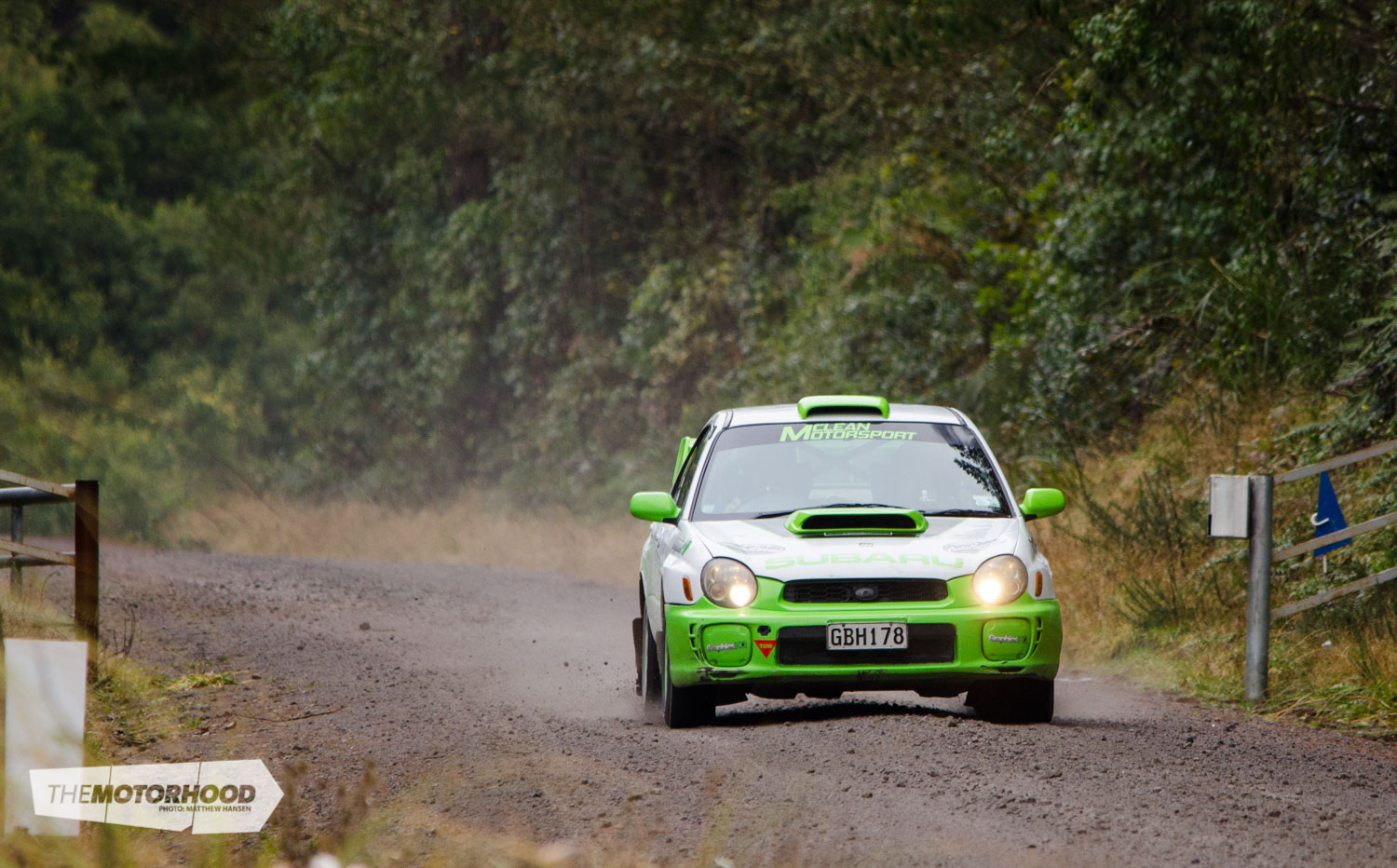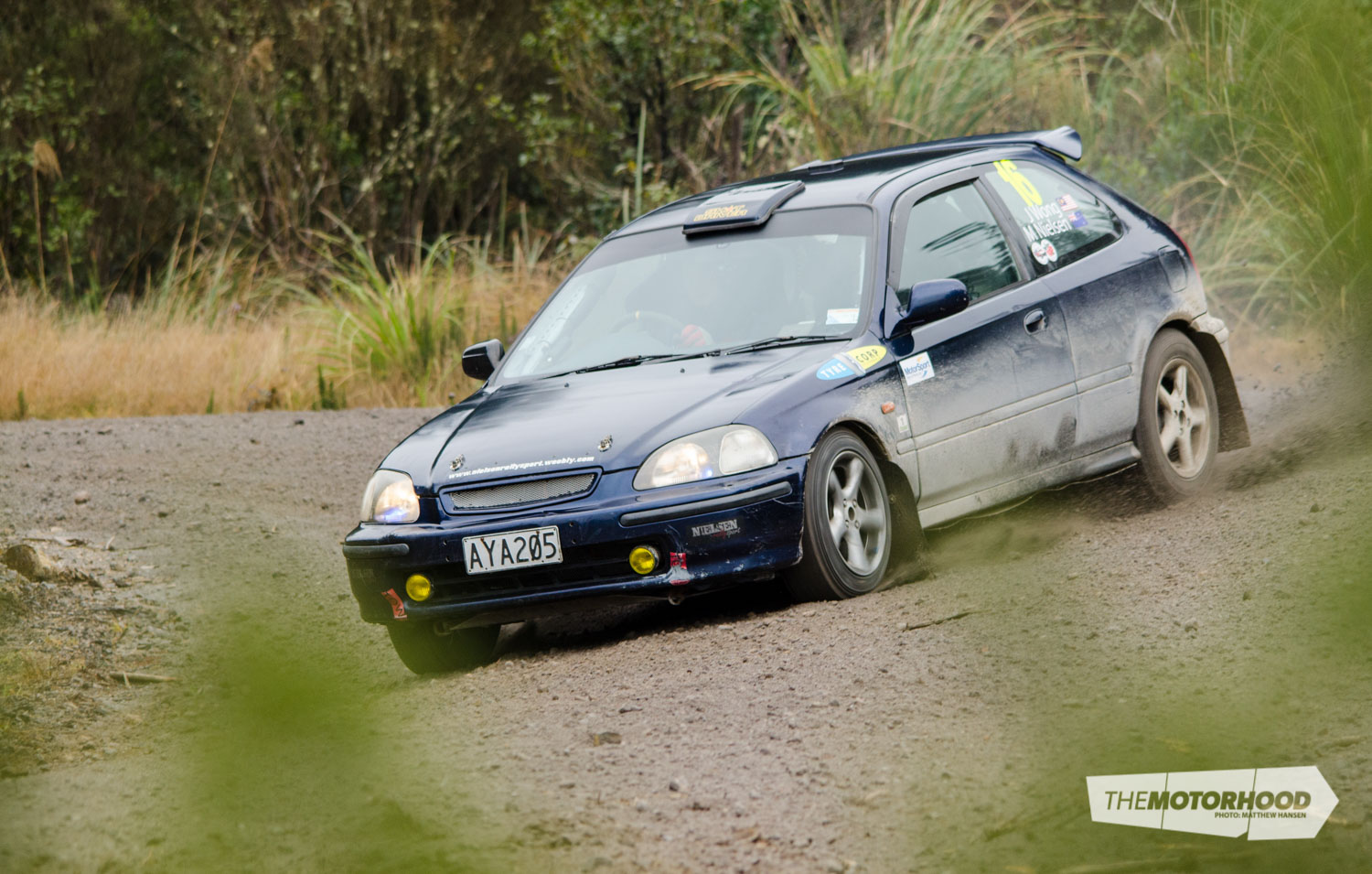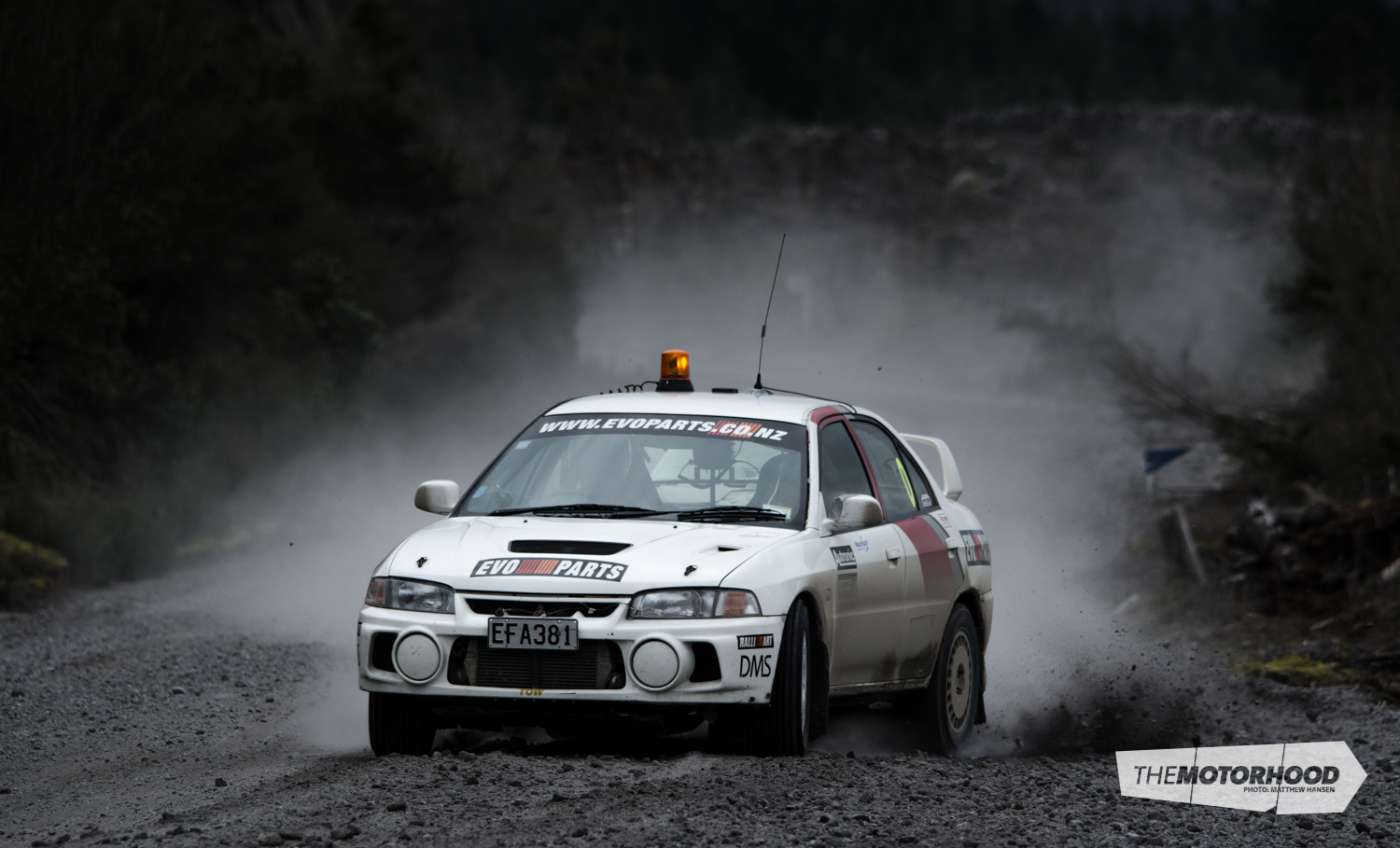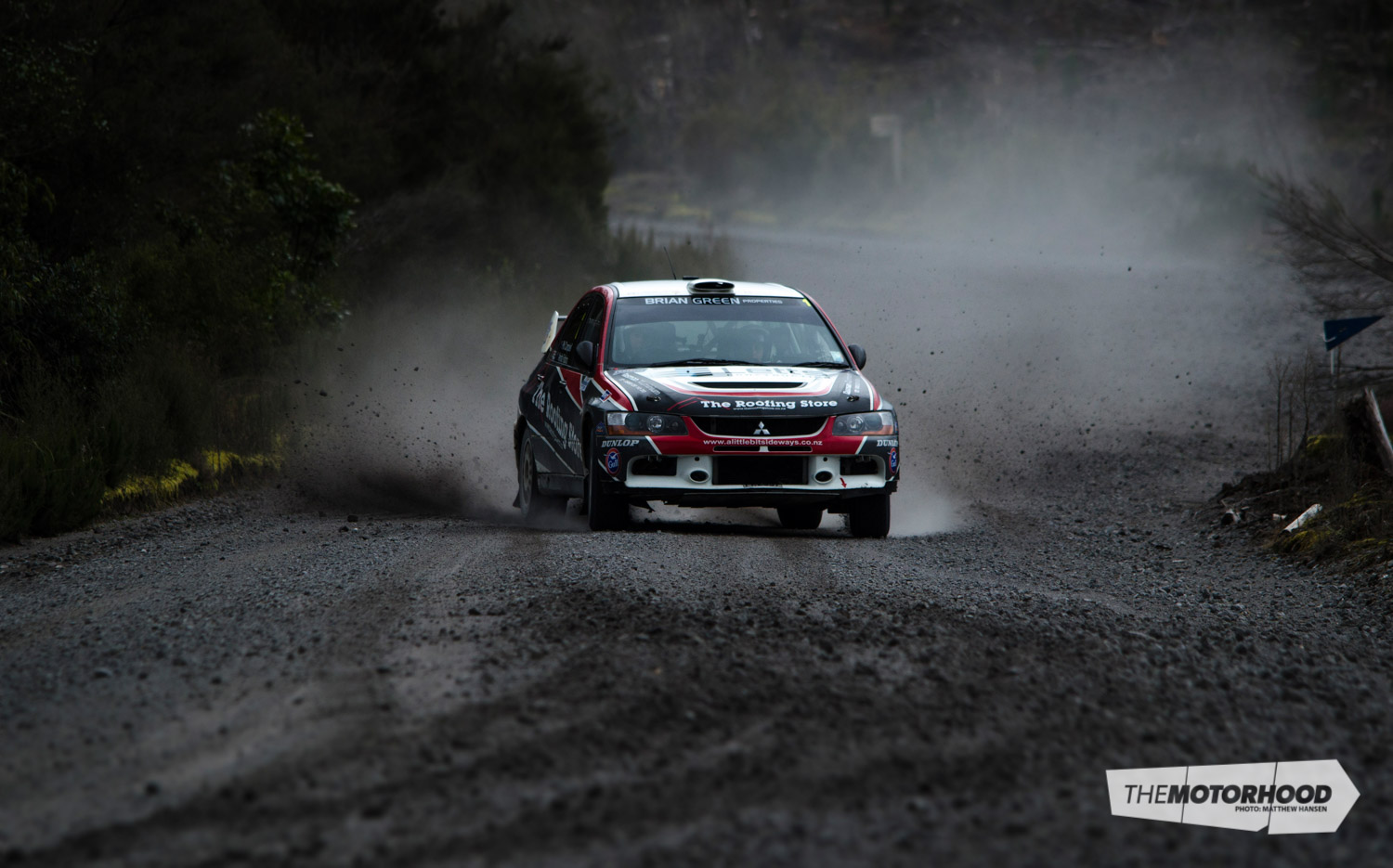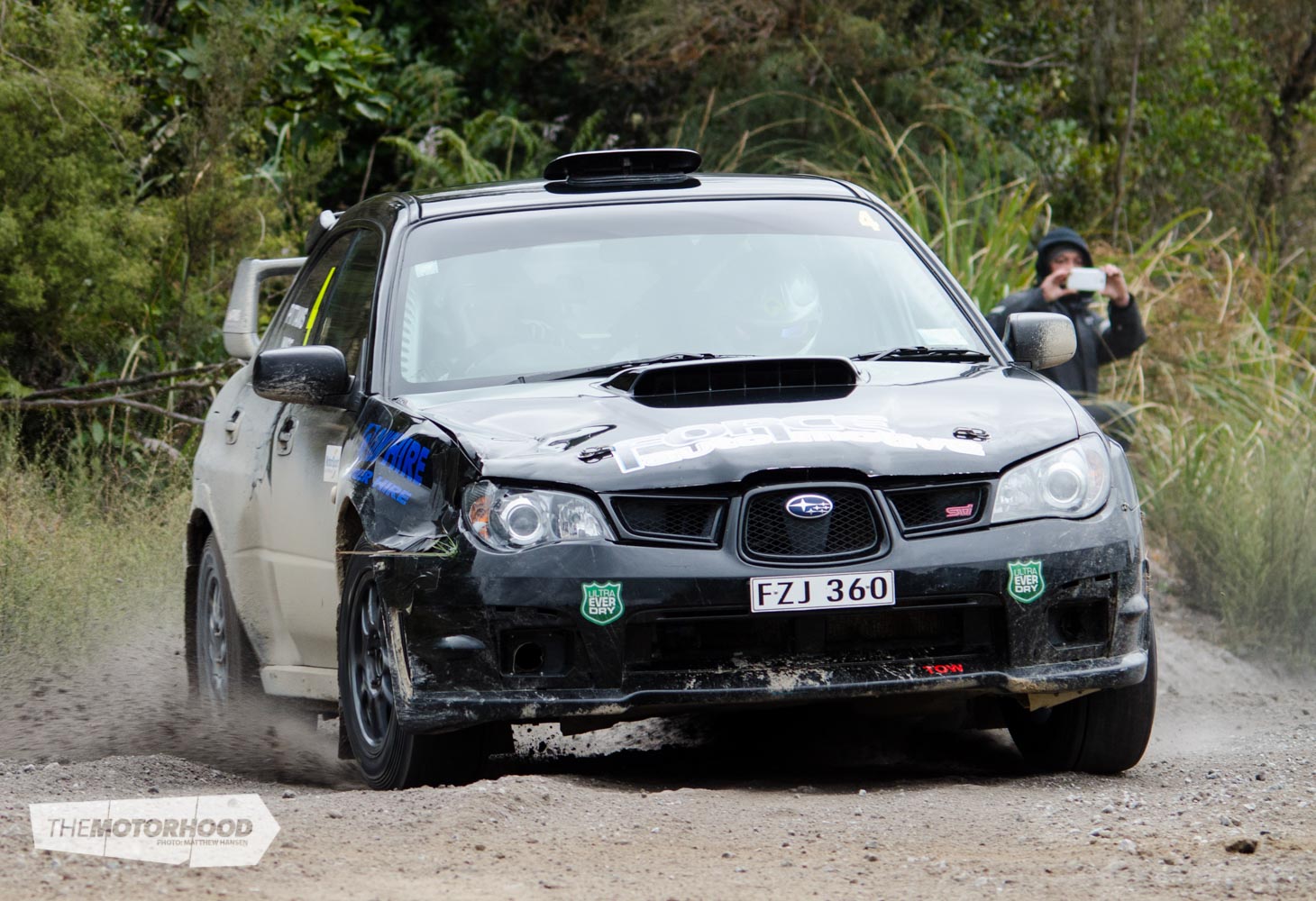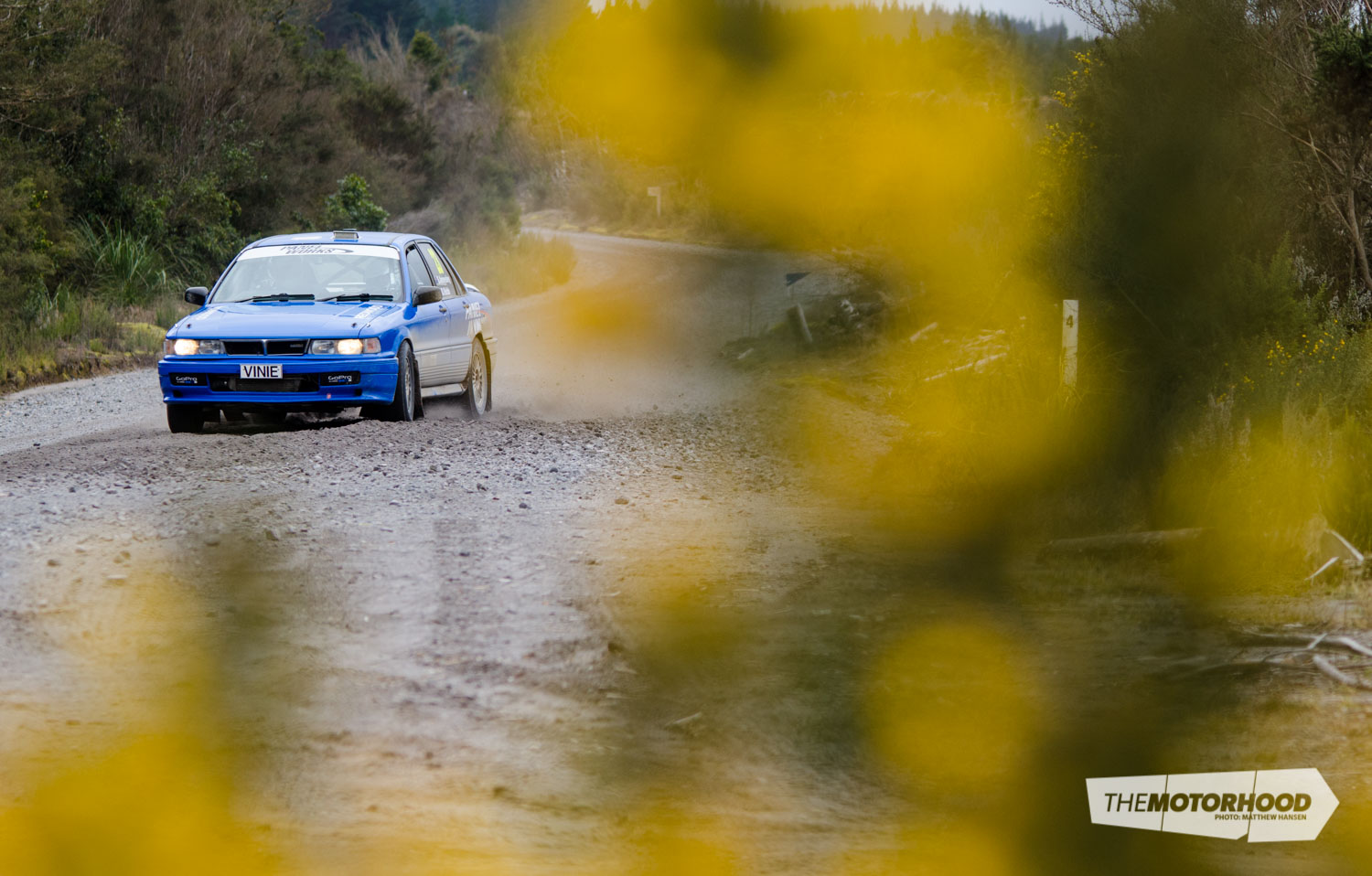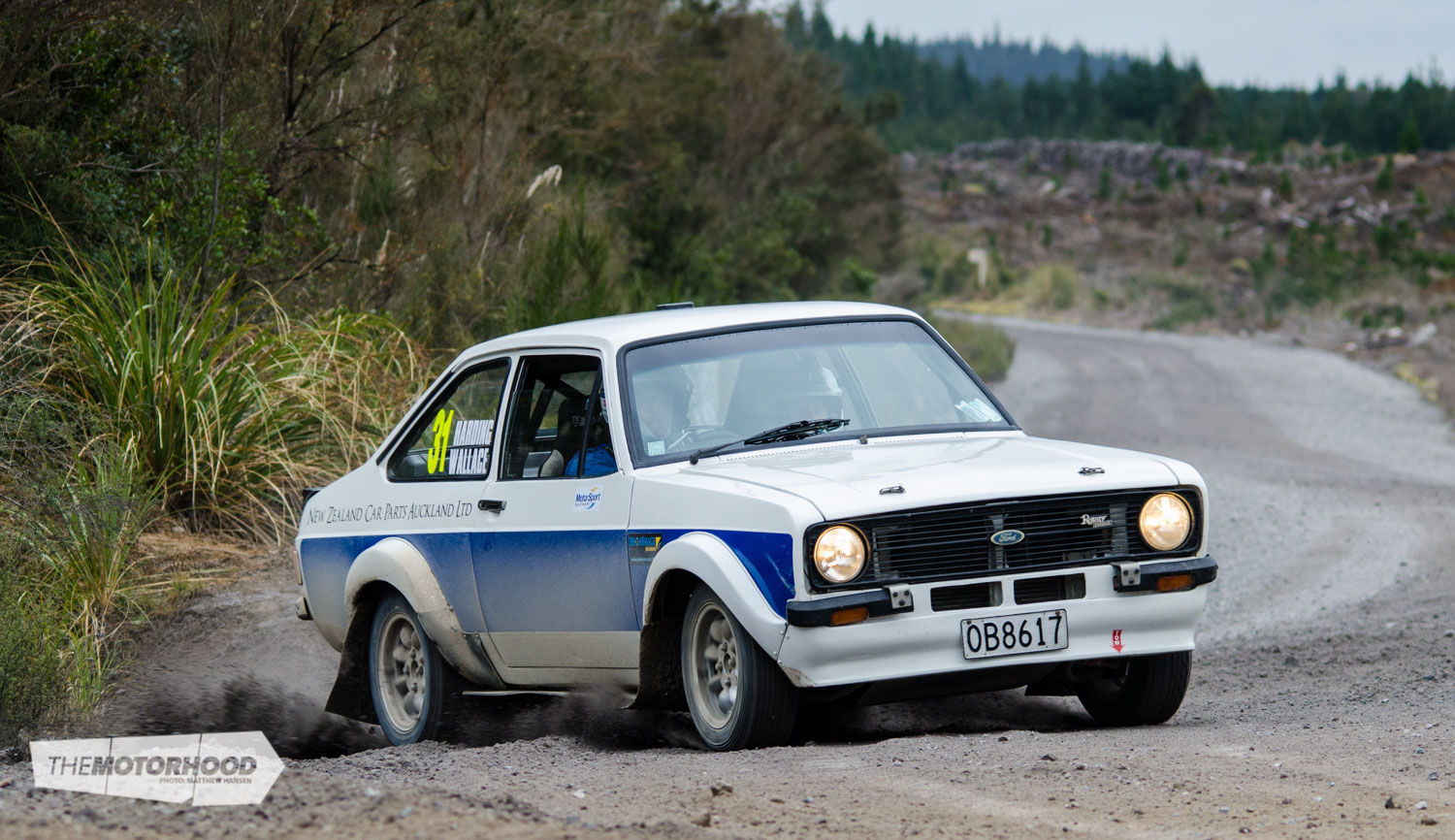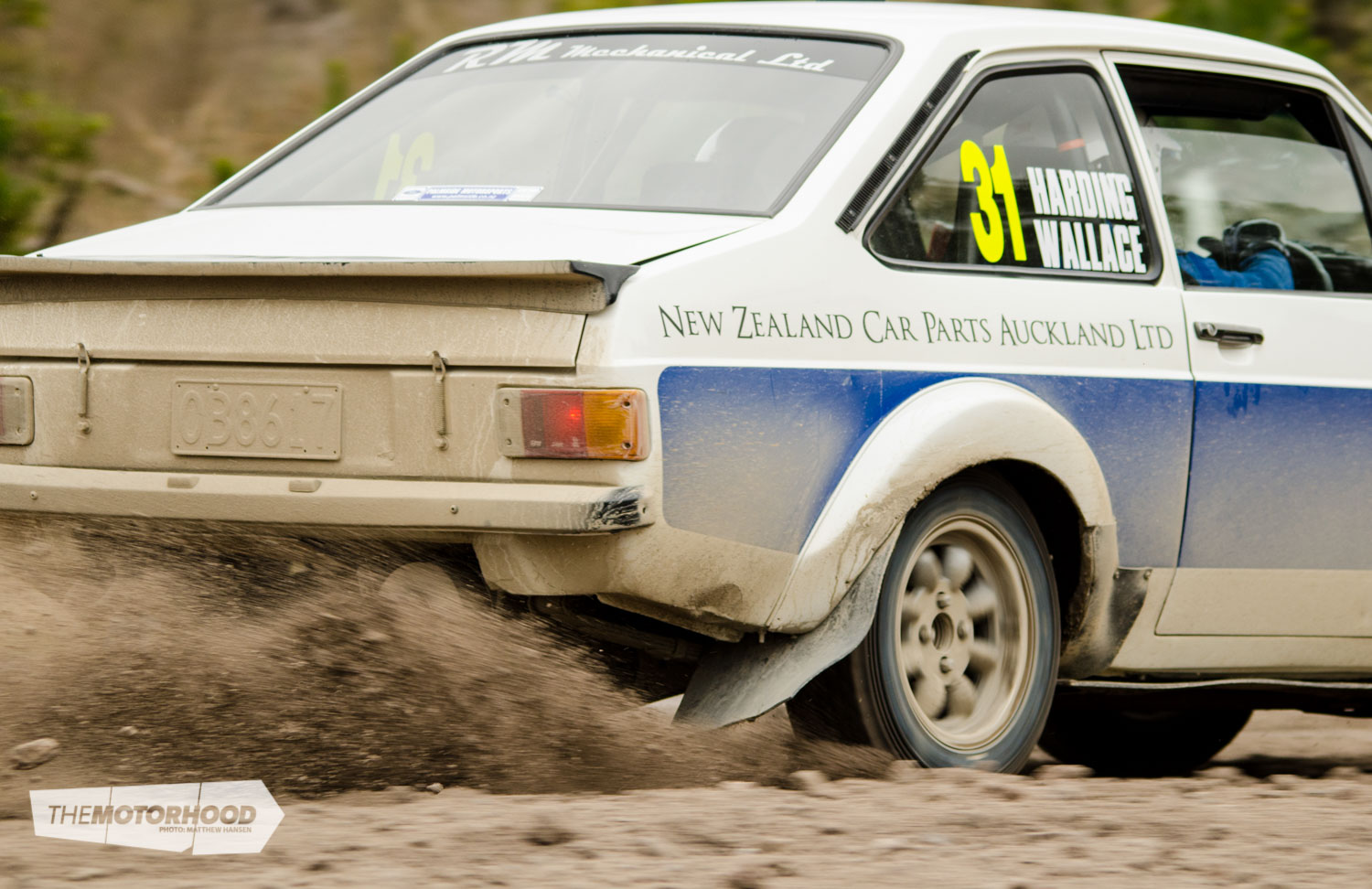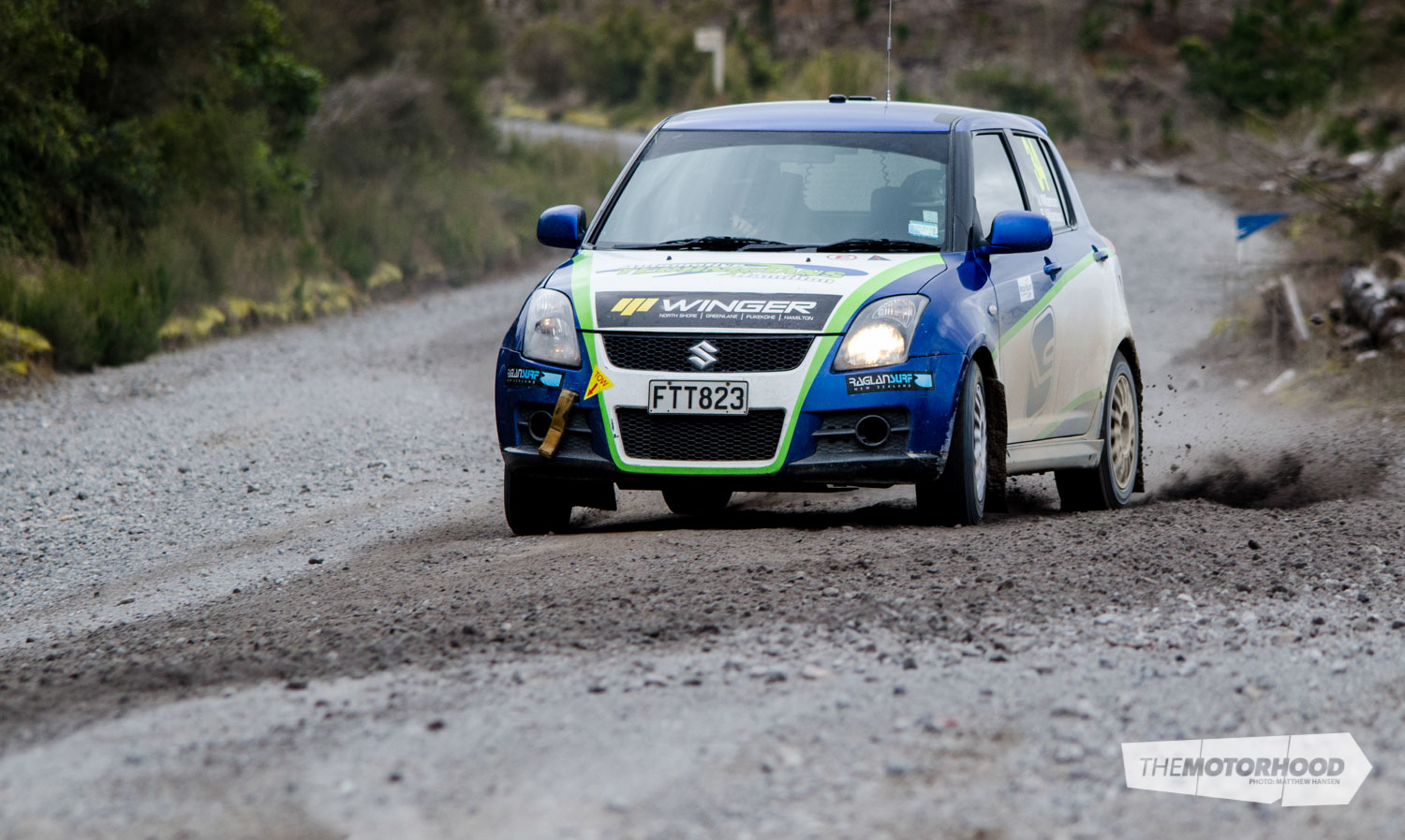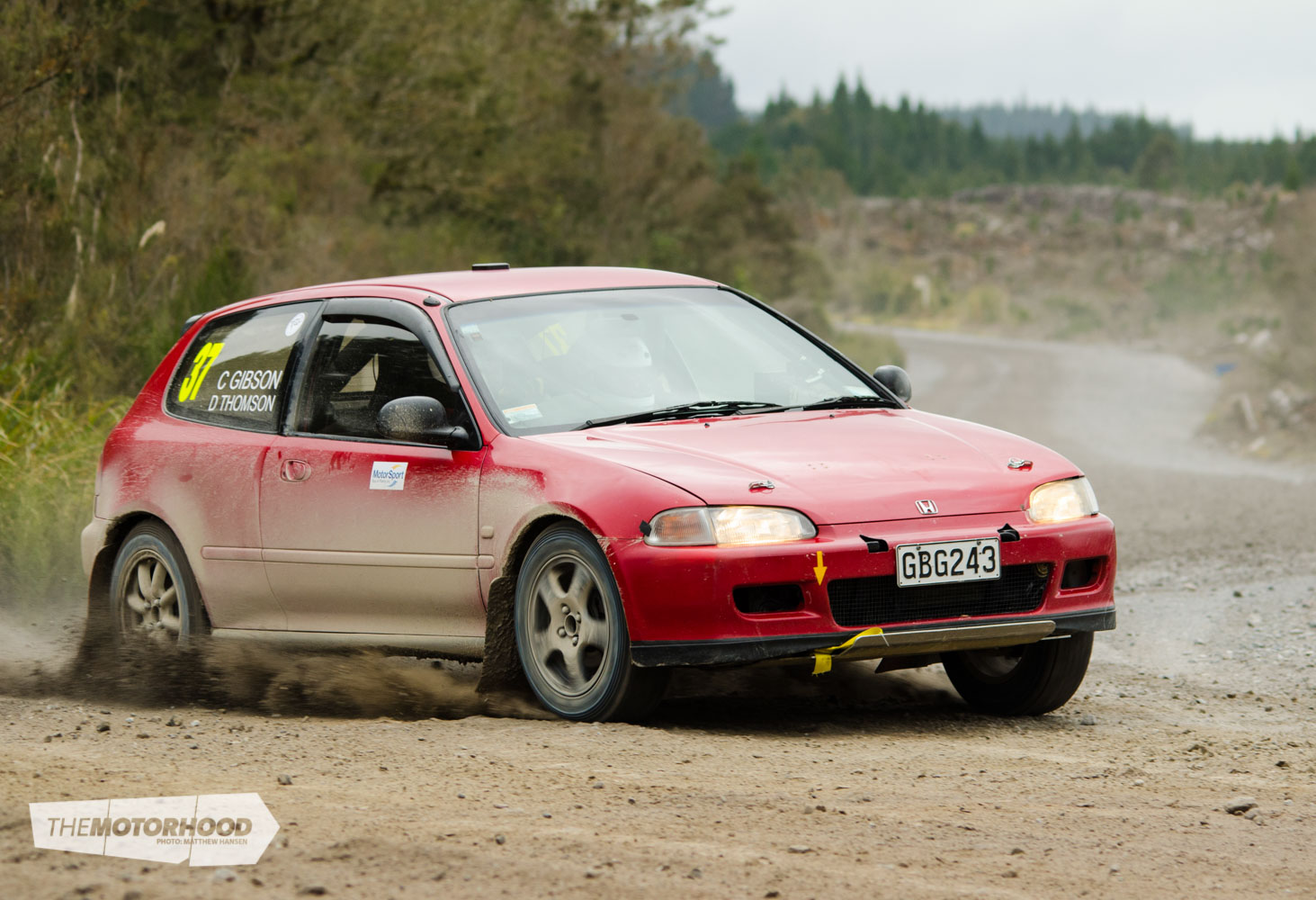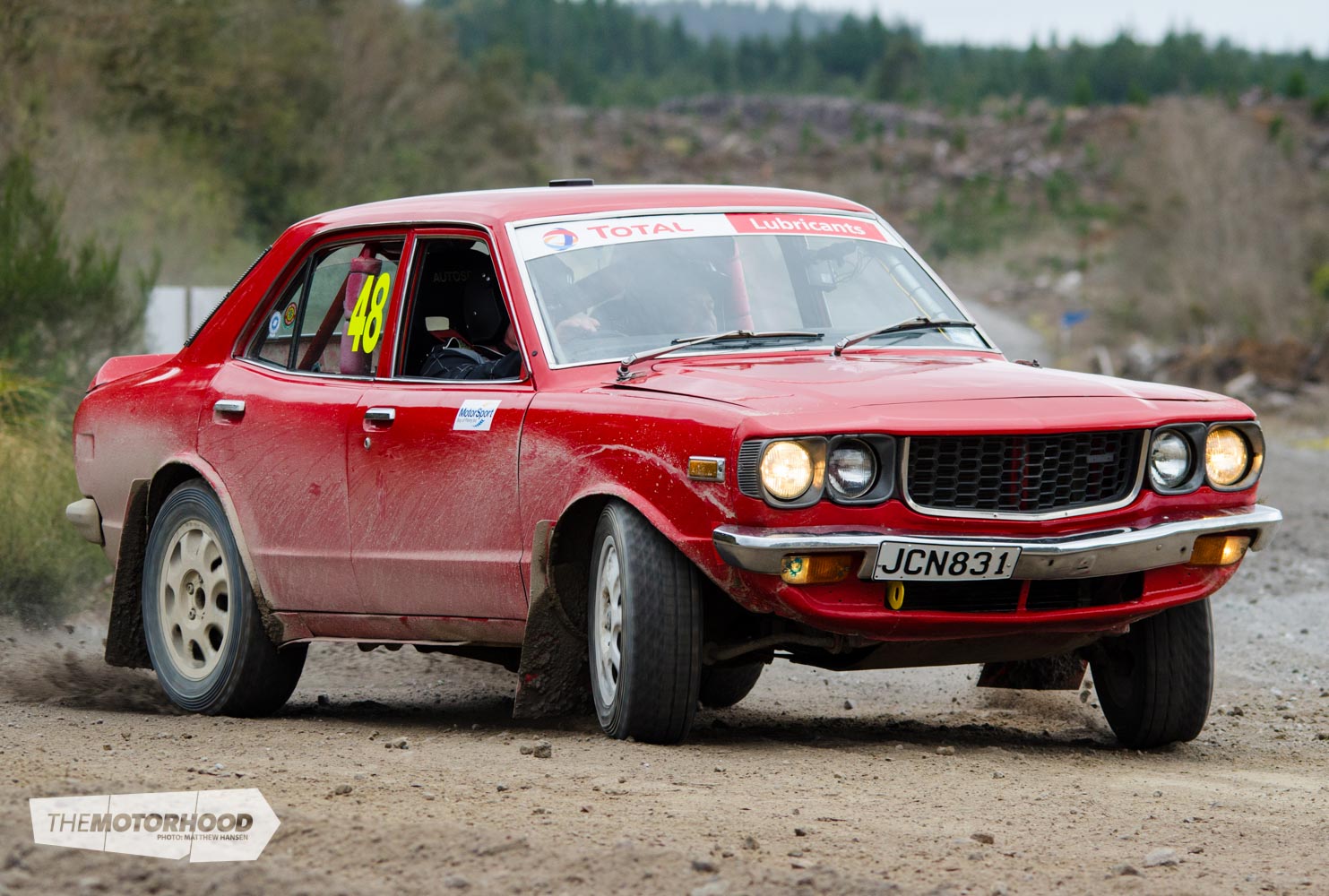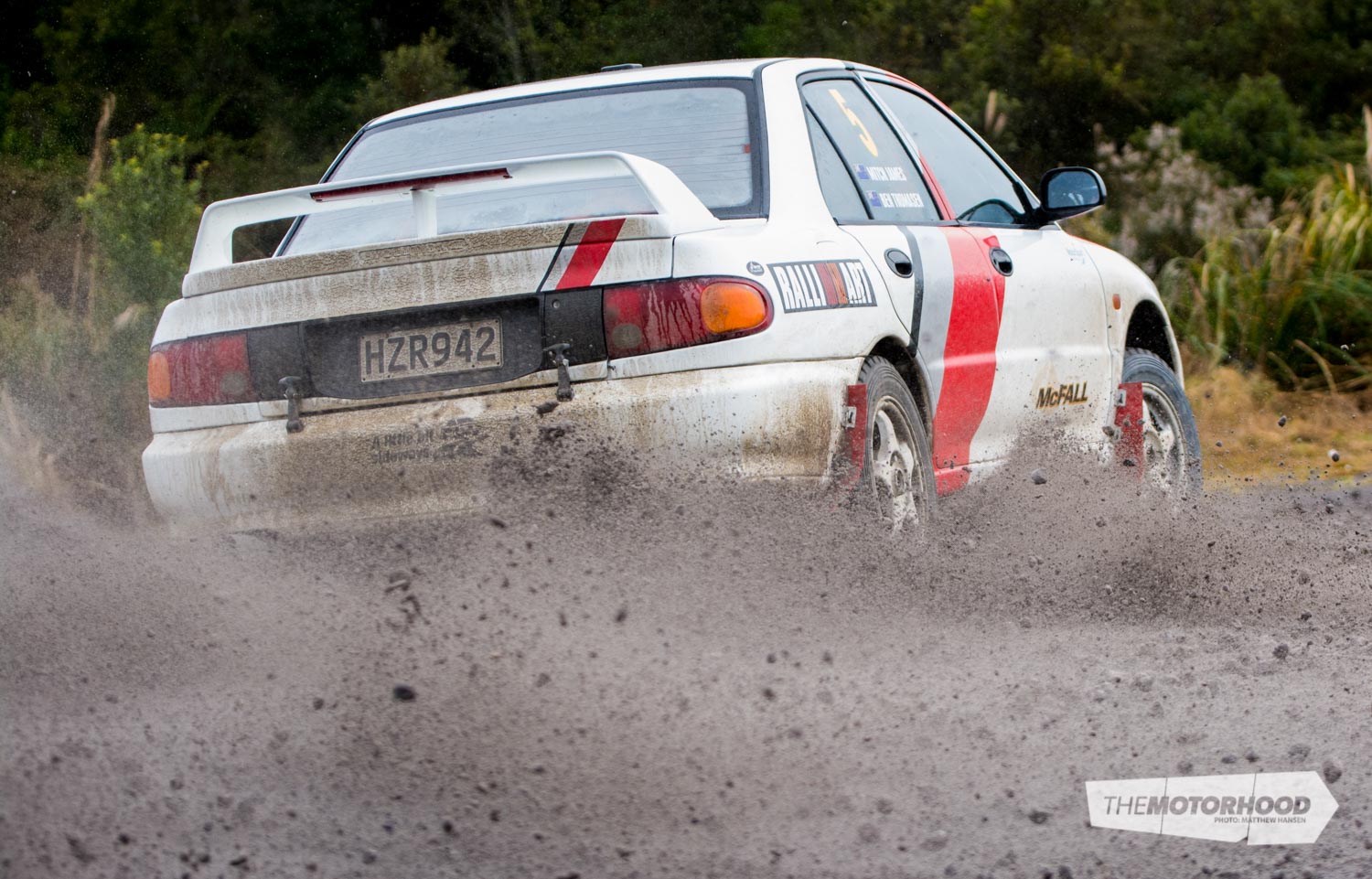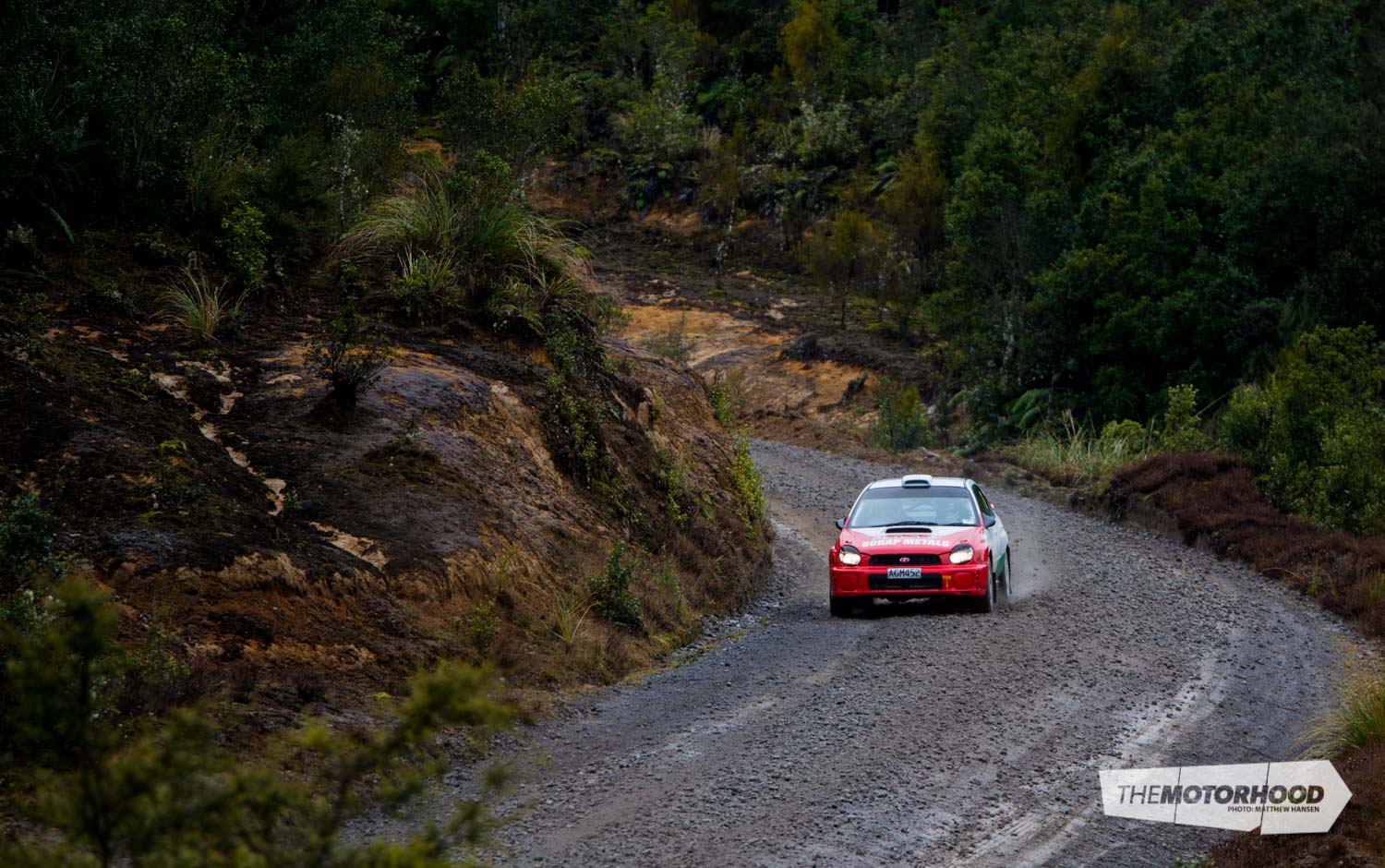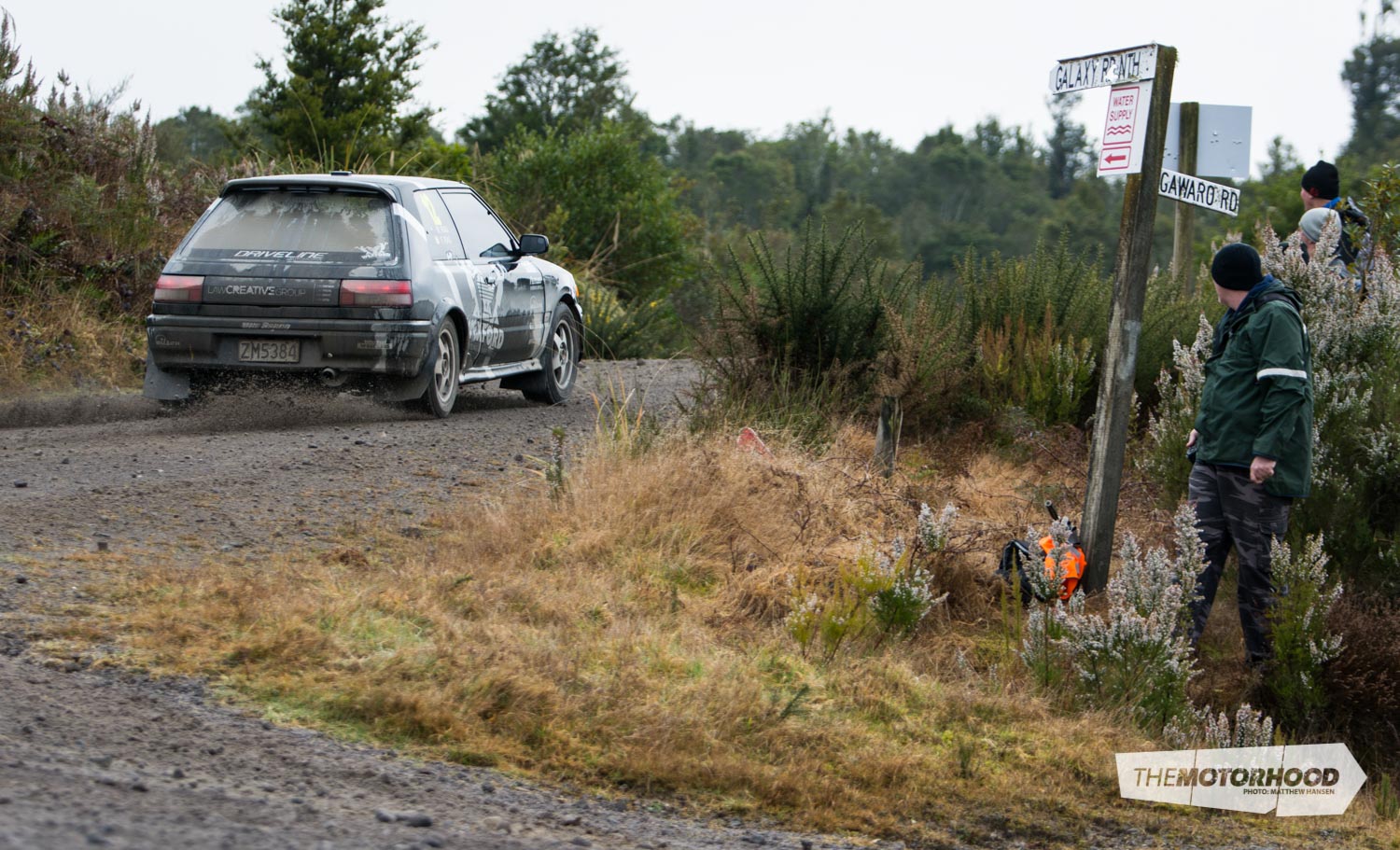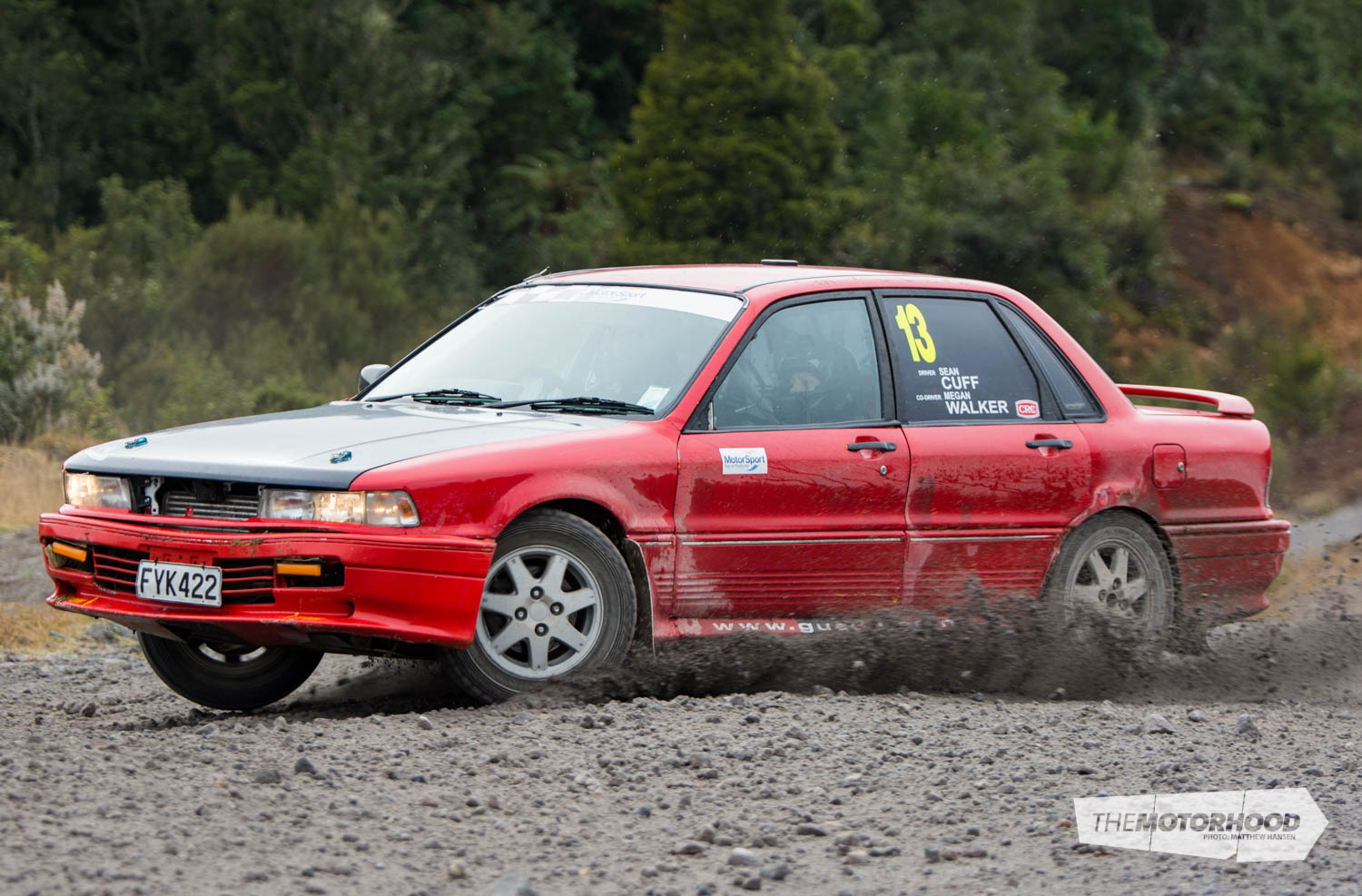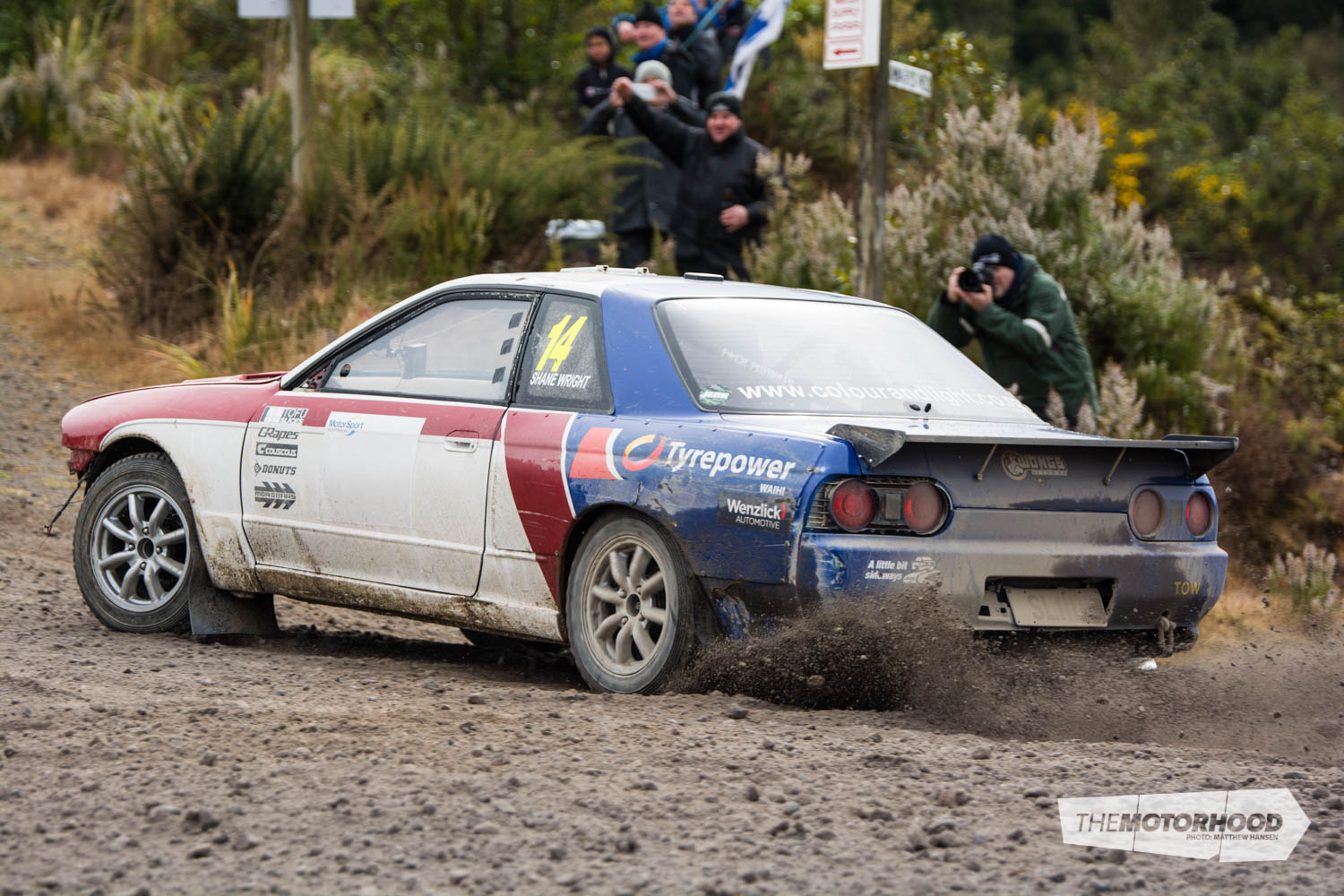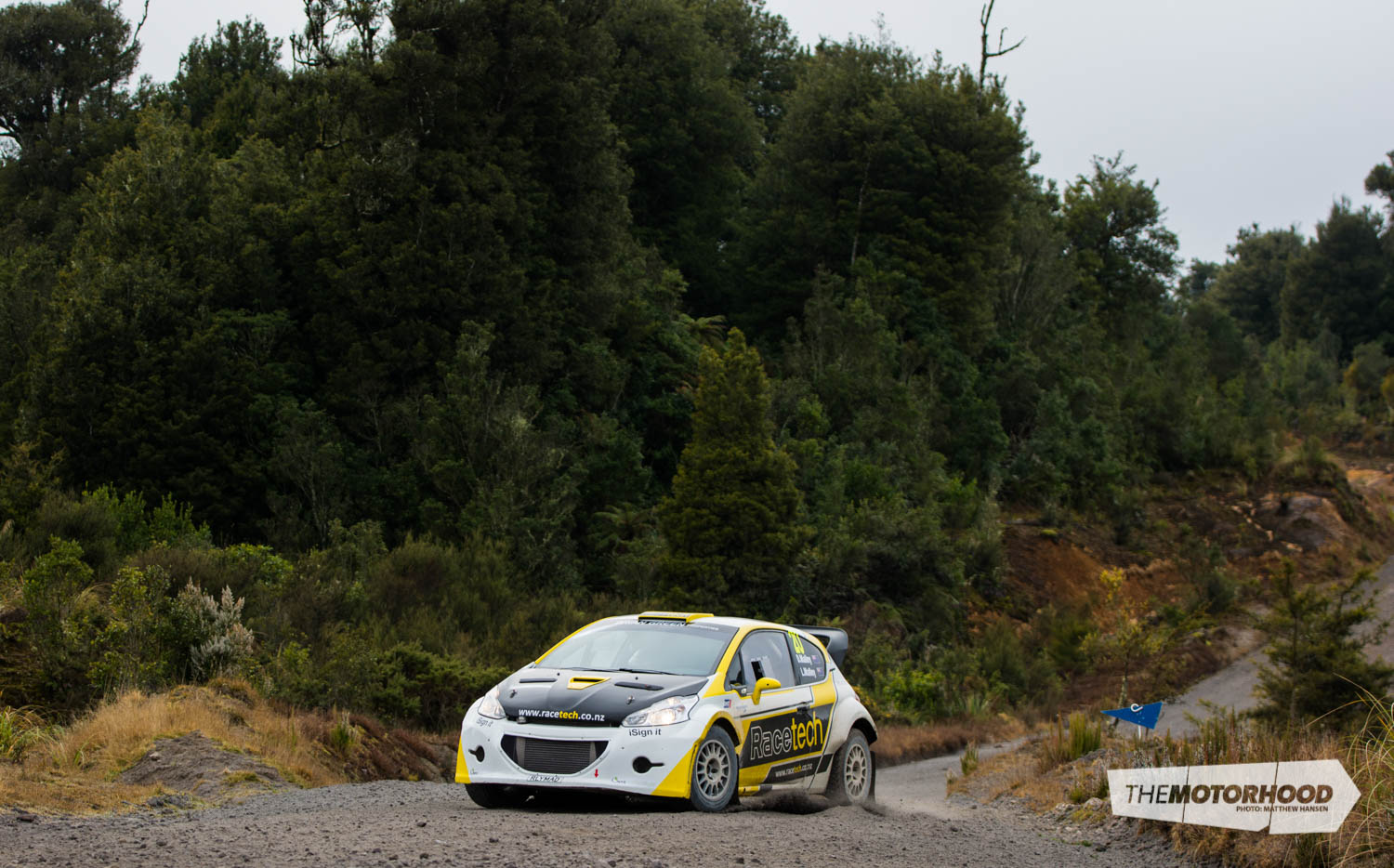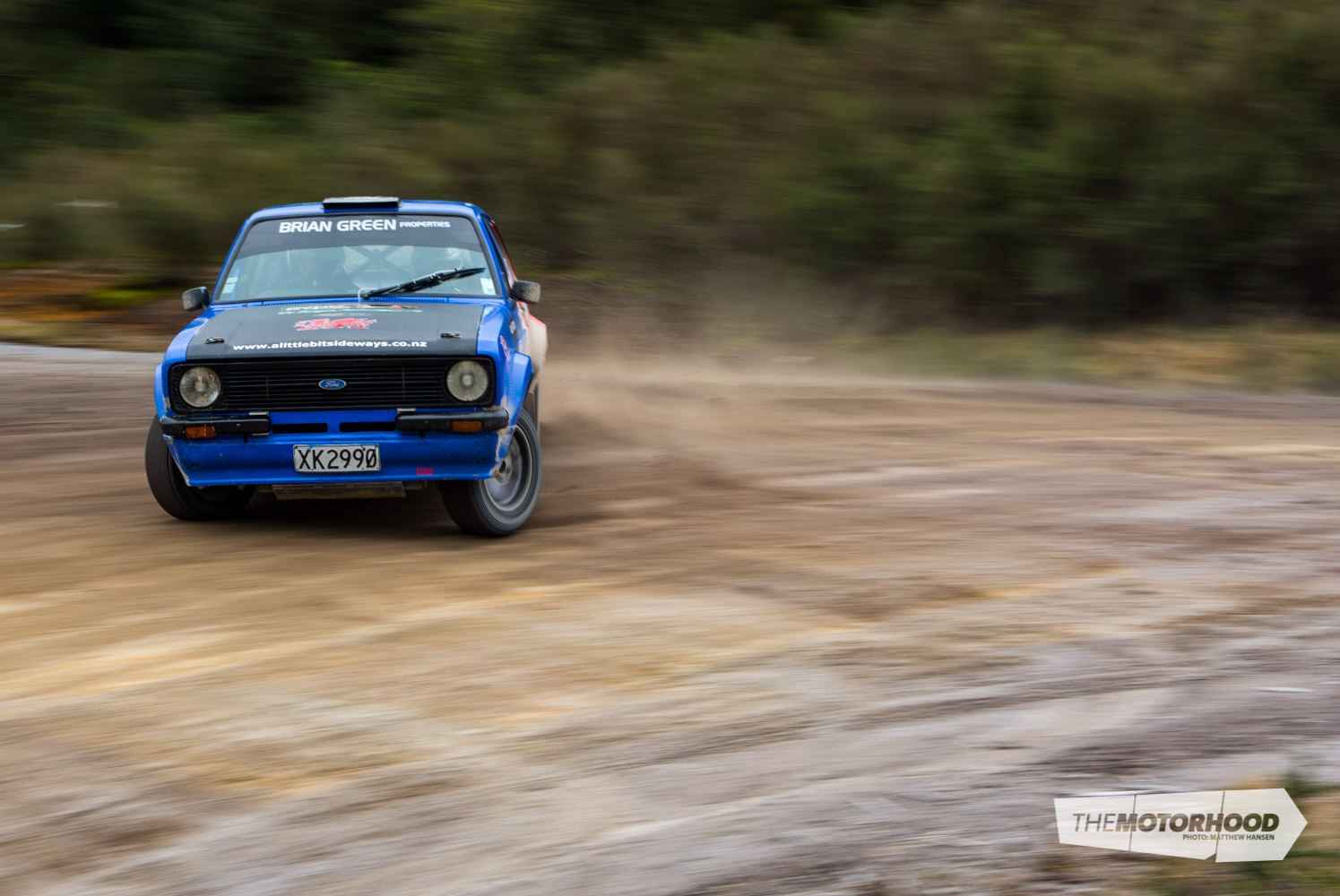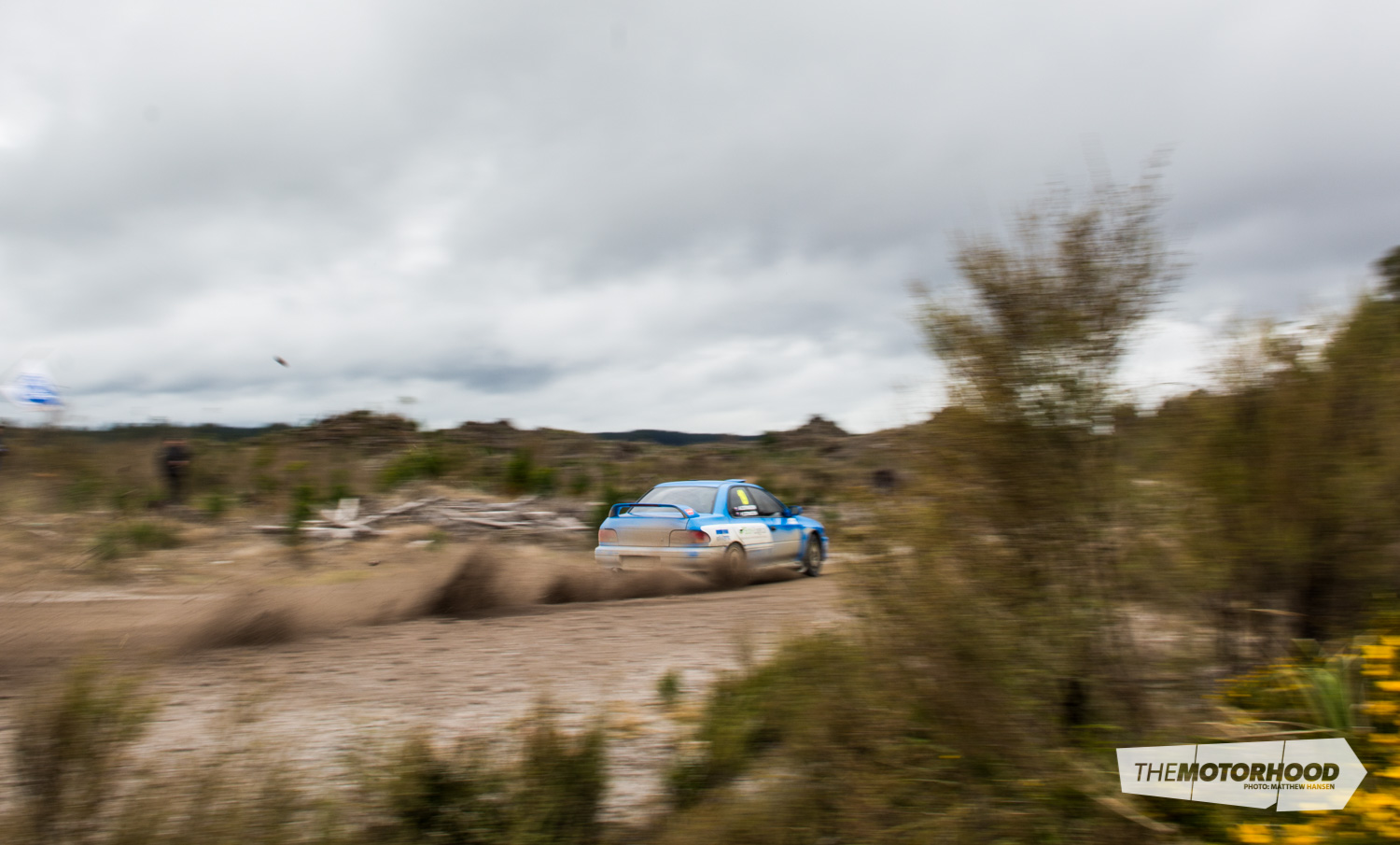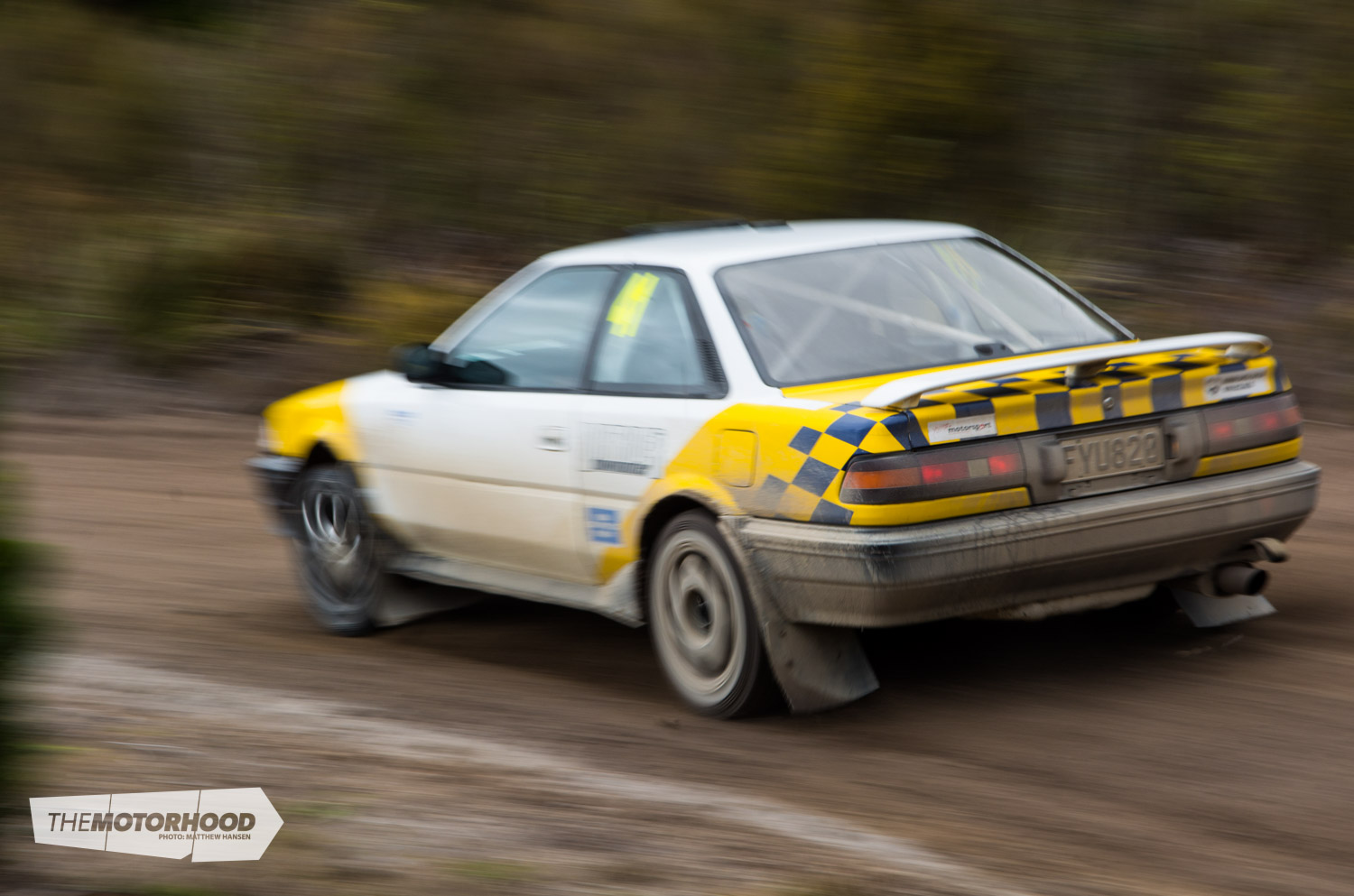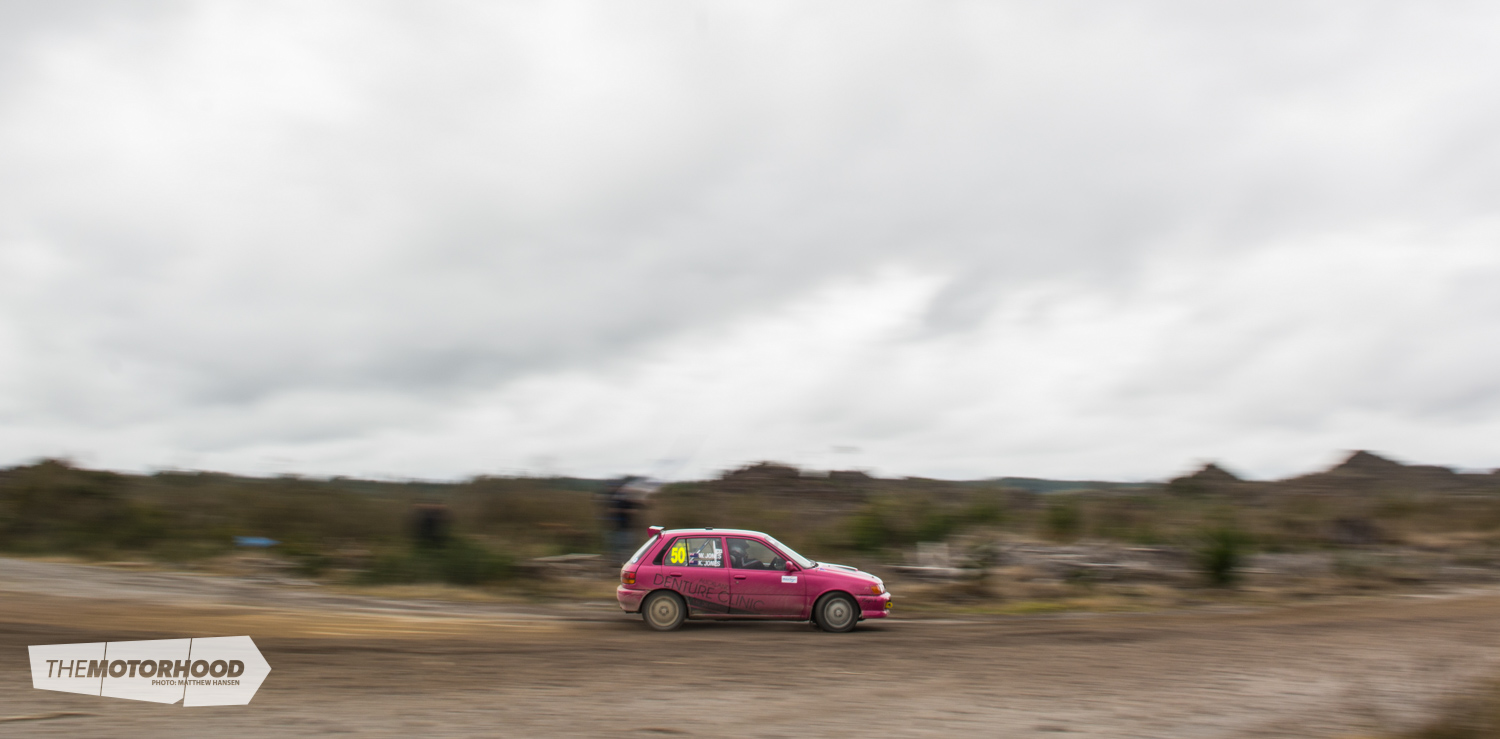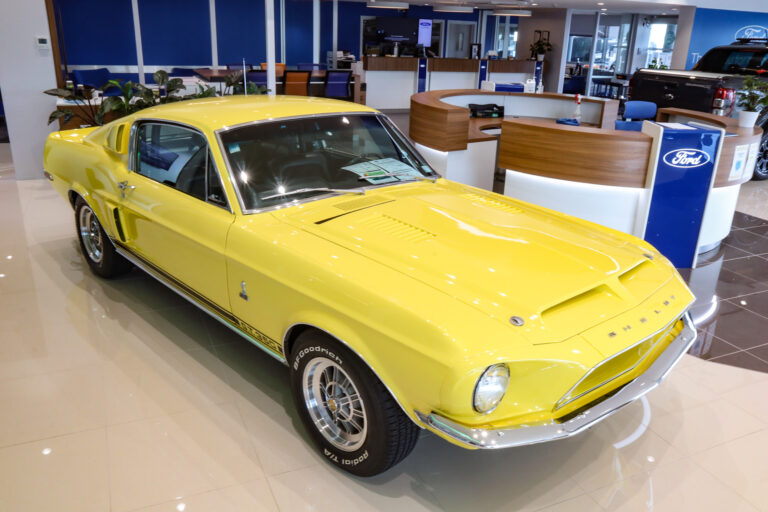Growing up, my interest in rallying could be described as ‘keen’, with the dramatic scene of Luis Moya smashing the rear window of his and Carlos Sainz’s Toyota Corolla at the final round of the 1998 World Rally Championship (WRC) still vivid in my memory bank today. But my interest began to decline in 2003, following the untimely death of Possum Bourne.

I’ve pretended to be a professional motorsport photographer for the last five years or so. During that time I’ve shaken a lot of hands of actual photographers — some of whom I’m grateful to now call friends. With photography, the deeper you go, the more time you invest in studying other people’s work, and what I found was that rallying in particular was where most of these shooters seemed to hit their creative peak. I had to give it a go.

I found myself jetting along the motorway to Tirau on July 26th’s cold and damp morning, where I’d meet the man who had volunteered to give me a run down on the sport of rally, and how best to cover it. His name is Geoff Ridder, and his name is one that’s synonymous with Kiwi motorsport. If you’ve ever picked up a New Zealand motoring magazine, chances are that you’ll have observed Geoff’s work. He’s also an award winner, crowned the 2014 New Zealand Motorsport Photographer of the Year, among several other accolades over the years. After a brief catch-up and a coffee, we were on the road.
The rally we covered was the Tauranga Clubmans Rally, a small one-day rally for passionate amateurs, with a sprinkling of professionals thrown in for good measure. While competitors were unlikely to generate the kind of advanced motoring theatrics you’d expect from drivers in the WRC or the New Zealand Rally Championship (NZRC), the event functions as the perfect taster for someone on a mission to dip their toes in rally’s mud.

As we drove, Geoff asked what I knew about rallying. “Mainly just the basics,” I said, which Geoff correctly translates as ‘nothing’. He begins to run through what it takes to cover rally effectively, and the kinds of hurdles you need to cross — it’s at this point that the scale of the sport became apparent.
Every car that enters any stage, including ours, must have clearance from the event organizers, and must carry a fire extinguisher. You have to budget your time down to the minute, and Geoff timed how long it would take us to get from one shooting location to the other so that we knew when it would be best for us to double back later in the day. Potential escape routes to civilization had to be considered in case there’s an incident in a stage and you find yourself locked in. Phone coverage is generally nil in the forest, so you need plan how you’re going to file copy and images beforehand. And this is all before considering the cold conditions, the lack of shelter from the rain, and the spray of dirt and muck each car tends to shower you with.
Maybe I should’ve just stayed at home on the couch. It’s warm on the couch.

We turned off the main road and onto the dirt roads that lead to the stages. Geoff immediately decided to indulge in some rally driving of his own, getting his rental car sideways on a few occasions while simultaneously keeping our conversation about the FIA’s impact on rallying ticking over. Truth be told, I was enjoying it. Soon we glimpsed a few other members of the media, as well as a small, but loyal, group of spectators — their chillybin bursting with beer at the ready.

The abundance of hurdles and rules that you had to tackle at the gate was balanced by the complete absence of any real rules once you haul your gear out to the middle of the stage. You can stand and shoot from wherever you want, with no armco, marshals, or buildings to pester you. Of course, it’s not quite that simple. These rally cars have a mind of their own, leading them to occasionally skew from the racing line. So as well as being free, you have to be alert, and have a clear direction to bolt towards in case the turbocharged 1.2-tonne beast flying towards you decides to miss the corner.

As we all selected our opening shooting spots for the sharp right-hand hairpin, everyone went completely silent, like dogs trying to place whether the noise emanating from the driveway is a postman or a squadron of Girl Guides.
“Car!”
From through the trees and over the hill, we hear the unmistakeable bellow of a 4G63 power plant announcing its presence. It proves to be just the Mitsubishi Evo IV Zero car, the rally equivalent of a pace car, charged with the duty of checking that each stage is kosher before the big boys come out to play.

Seconds later, the top-seeded Group N Mitsubishi Evo IX of Phil Campbell arrived on the scene. Despite being a Tauranga local, Phil employed a Scandinavian flick to pitch the Evo into a power slide, but his left tracks caught a rut in the road, halting the exuberance. Fixing the problem with a stab with his right foot, he powered through the rut — the Evo bucking up and down in protest. Spraying rock projectiles everywhere, he rockets up the hill, around the corner, and out of sight.

We observed and shot the first 20 or so cars that came through before Geoff signalled that we were off to the next stage. A five-minute blast down the road in our convoy, and we arrived at a right-hand sweeper that is a much wider and much more open than the last. Here we shoot the entire field of entries, and the true nature of the event reveals itself. Skip past the Evos, WRXs, and BDA Escorts, which line the first half of the entry list, and you’re left with all sorts of weird and wonderful cars that a rally virgin wouldn’t naturally associate with the sport. An R32 Skyline, several front-wheel-drive Hondas, Mazda RX-3s, and a fleet of Toyota Starlets featured in the order.

Our final shoot of the day was a 90-degree left-hander at the end of a long straight. The exit of the corner was punctuated by the presence of a gate on the exit of the corner — an obstacle several cars have struck in the past, which made this an interesting corner to deal with. A lengthy lunch break ensued, with the beer-laden group of fans from earlier wheeling out a cooker, some bacon, and some eggs.

As we started to set up, the corner’s security guard — a lanky, older gentleman — walked up to us with his trusty clipboard in hand.
“You know you guys are standing in a very dangerous spot, right?”
We were stood on the outside of the corner. When live, cars will haul ass directly for us before slamming on the brakes and flick themselves through the bend.
“We’re alright,” piped up another shooter. “We’ve been doing this for 20 years, so I think we know what we’re doing. But thank you for the concern.”

The stage action came and went in a flash, with the last car — a bright-pink Toyota Starlet — zipping past some 50 minutes after the leader. As a whole, the day served as a reminder of what it was like when I first started this escapade some five years ago, putting my hand up to attend grass-roots motorsport just for the experience, the noise, and the company. As I endeavoured to shake the stones out of my jumper, I thanked Geoff for the introduction to the sport — perhaps one of the most unique and thrilling forms of sport anyone could ever shoot. If you haven’t tried it yet, I would urge you to have a go.
The New Zealand Rally Championship visits Coromandel on August 22 for the Mahindra Goldrush Rally. I’ll probably be there.

